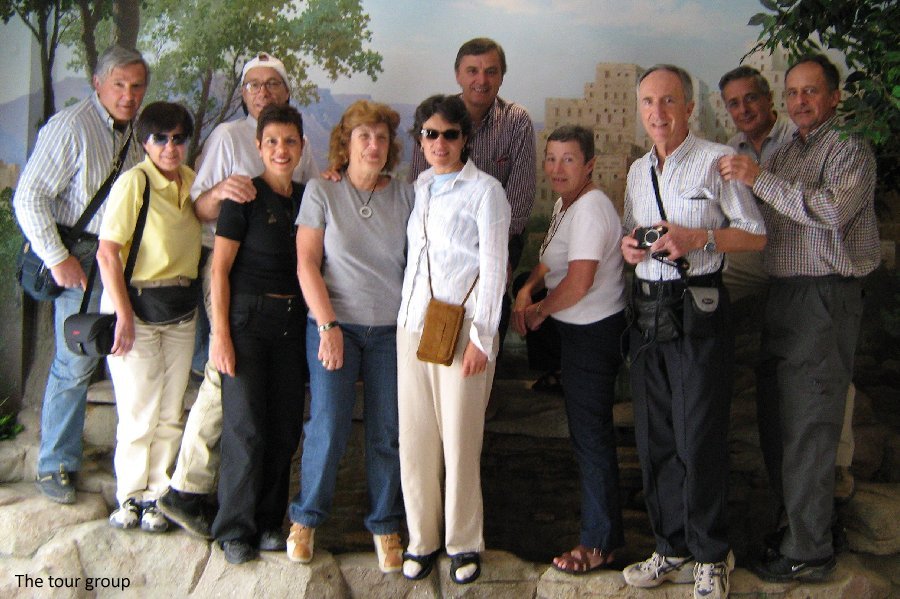Yemen, 2008
In 2008, J. joined a tour group on a 12-day visit to Yemen, before the ruinous civil war. Except for two flights, travel was by 4WD. Given the ongoing bomb attacks (such as the one that killed eight Spanish tourists the previous year), we travelled with armed guards in the more sensitive areas.
Yemen, known in antiquity as "Arabia Felix" (Happy/Fortunate/Fertile Arabia), occupies the southern end of the Arabian peninsula and a number of islands, including Socotra which is to be found in Kipling's "pink Arabian sea". The country is bordered on the north by Saudi Arabia and in the east by Oman. Yemen is the birthplace of the Arabs and their language. It has a population of about 33 million. Since 2014 Yemen has been embroiled in a vicious civil war and is less than Happy. This war pits the largely Shia Houthis, backed by Iran, against the largely Sunni "government", backed by Saudi Arabia. The result is widespread loss of life, famine and cholera. Probably some of the buildings in the following photographs have been damaged by Saudi bombing.
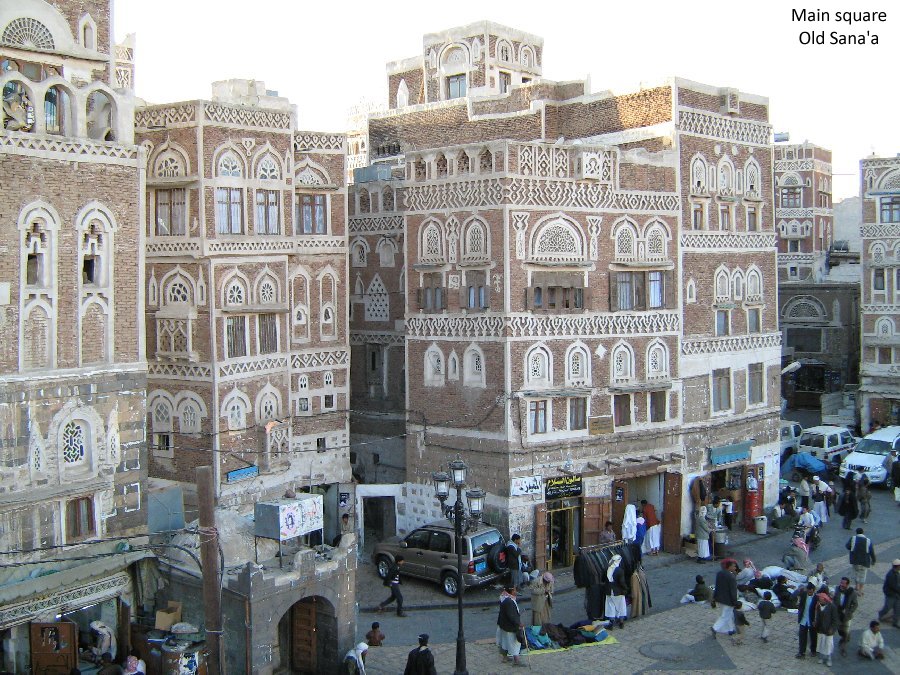
The port of Aden at the entrance to the Red Sea, a former British colony, was in the past an important waystation for ships heading to and from the Suez Canal. Much of Yemen's fascinating architecture is composed of sun-dried mud bricks. The country produces some oil and natural gas. Yemen is both the poorest country and the most water-scarce country in the Arab world. It is also notable for the production of frankincense. The Queen of Sheba may have come from the South Arabian kingdom of Saba in present-day Yemen. At least that is what Yemenis like to think.
Many men wear at their belt a jambiya, a dagger with a short curved blade, as an accessory to their clothing. The handle of a jambiya indicates the status of the man who wears it. The men seem to spend half their morning choosing their bag of khat (or qat), a chewable leaf that is considered a mild stimulant. Much cultivable land is dedicated to this crop and the countryside is strewn with discarded plastic bags.
All women wear the niqab. Only one young tour guide uncovered her face for the time it took to say her piece. In the countryside women field workers often wear a tall hat called a madhalla and a black abaya. Women are closely guarded: our tour group was invited to the guide's home for coffee but the men were not permitted to see his wife. She met the women in a separate room. One of our drivers had two wives.
The children, of course, are very photogenic and were constantly calling out to have their picture taken: "Sura! Sura!"
This map gives the general idea of the route followed:
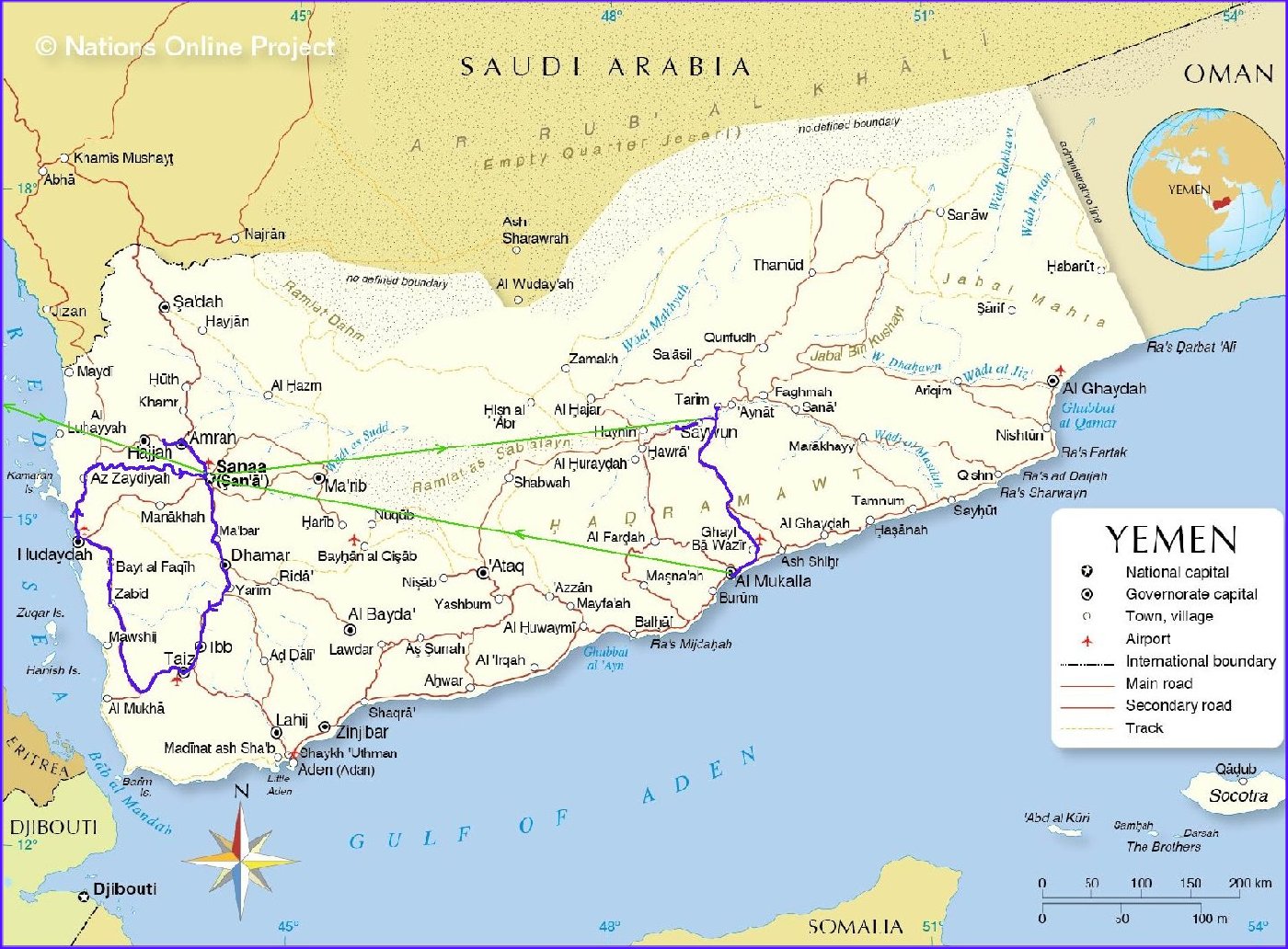
Wednesday 13 Febuary 2008: Sana'a
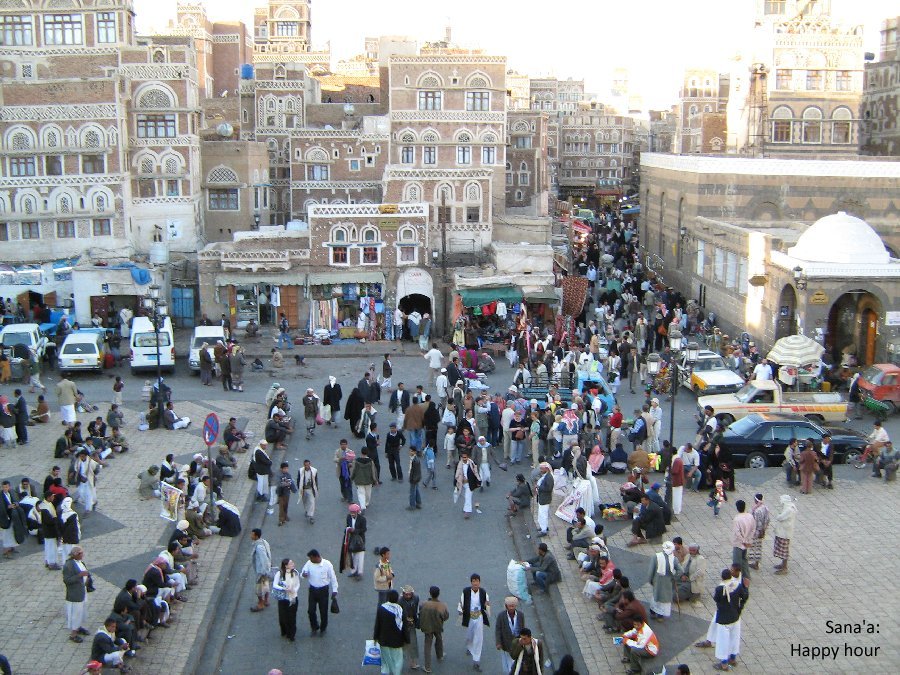
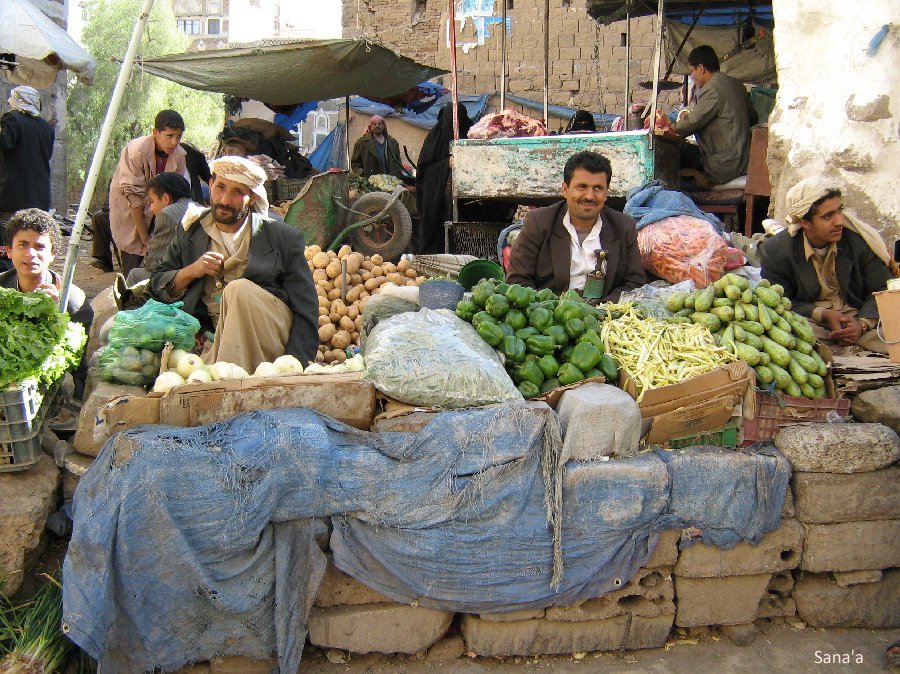

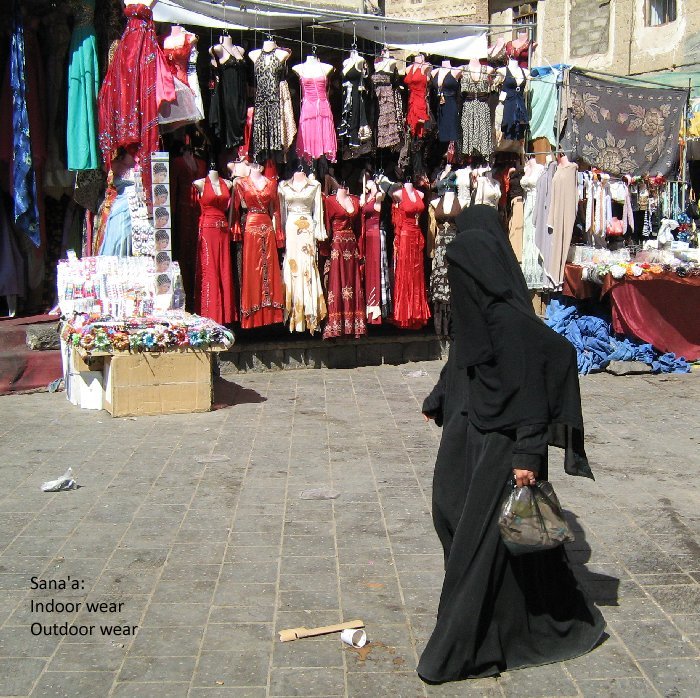
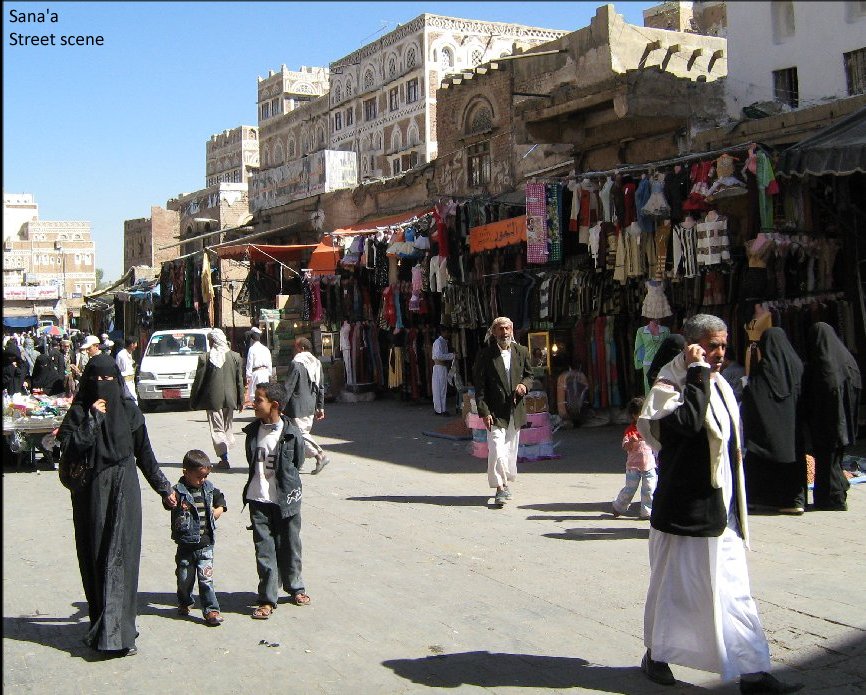
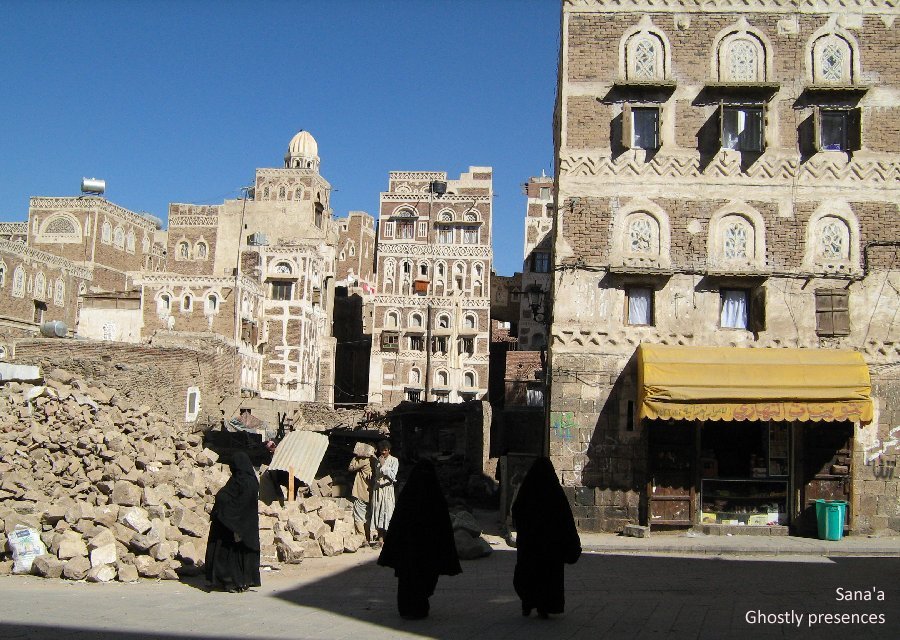

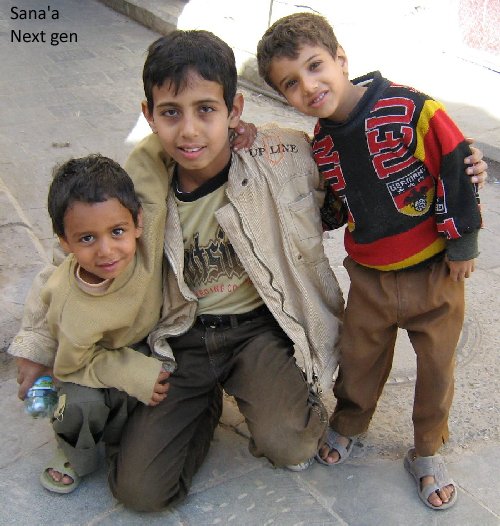
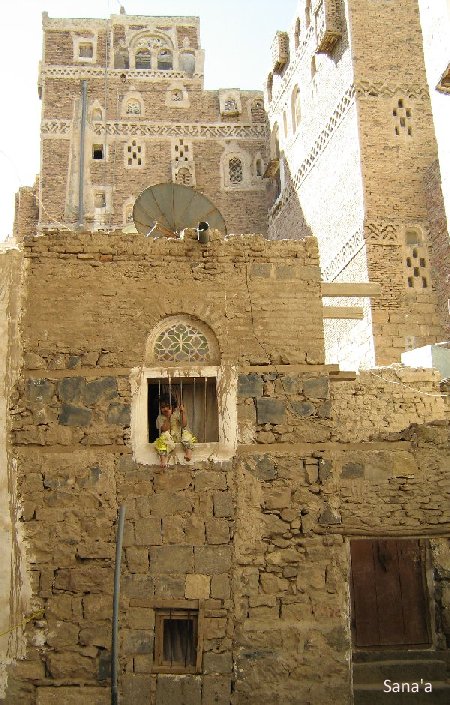
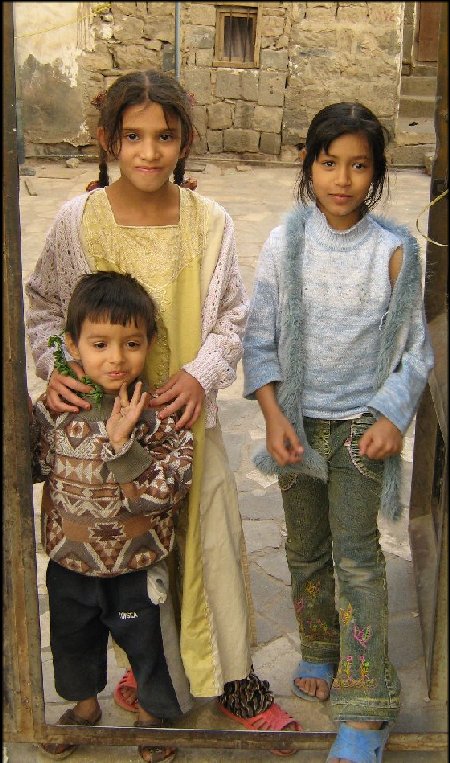
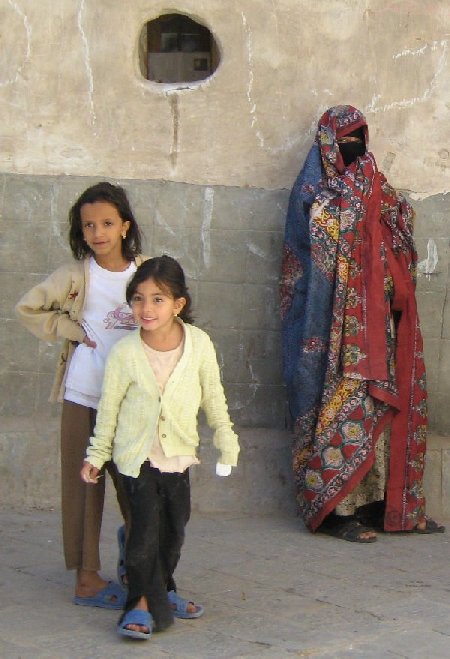
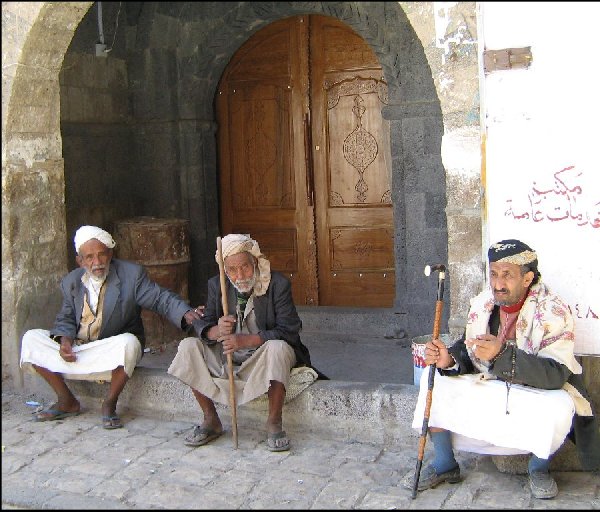
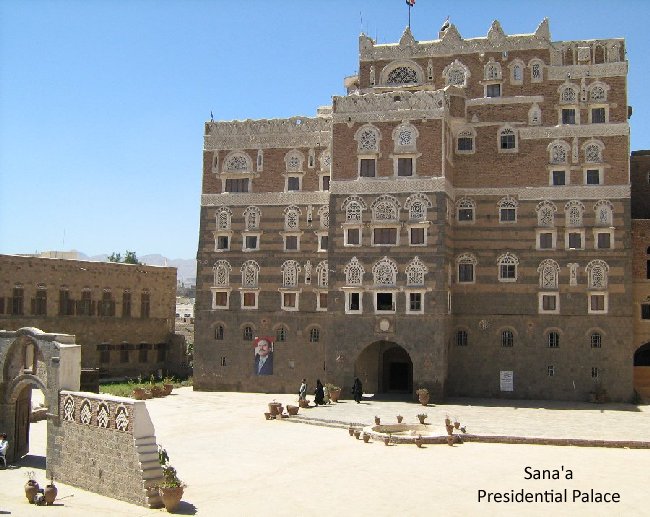
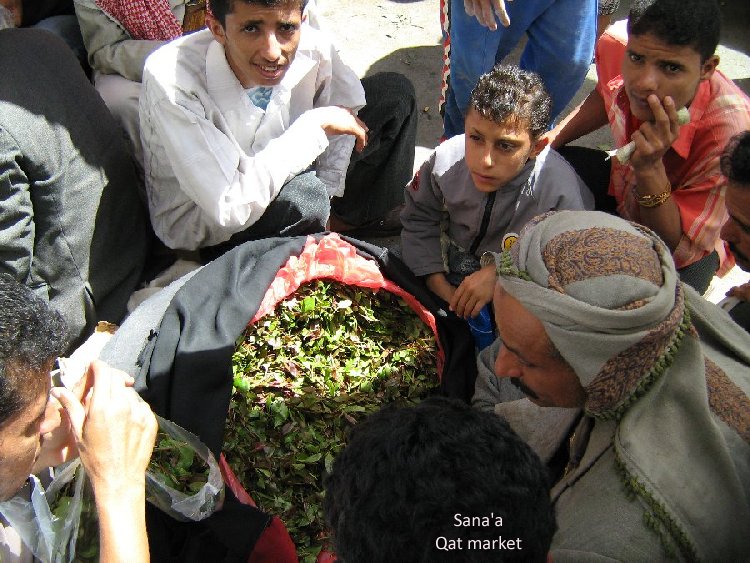

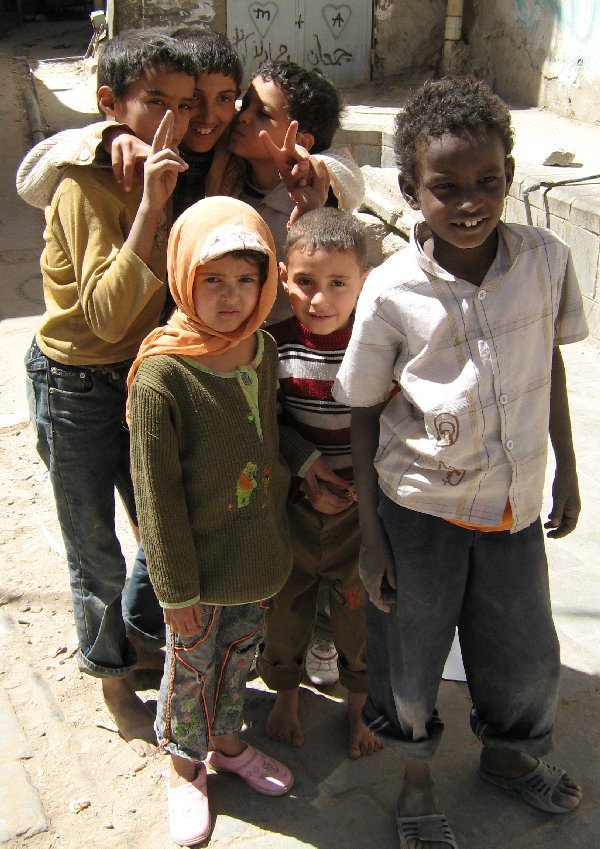
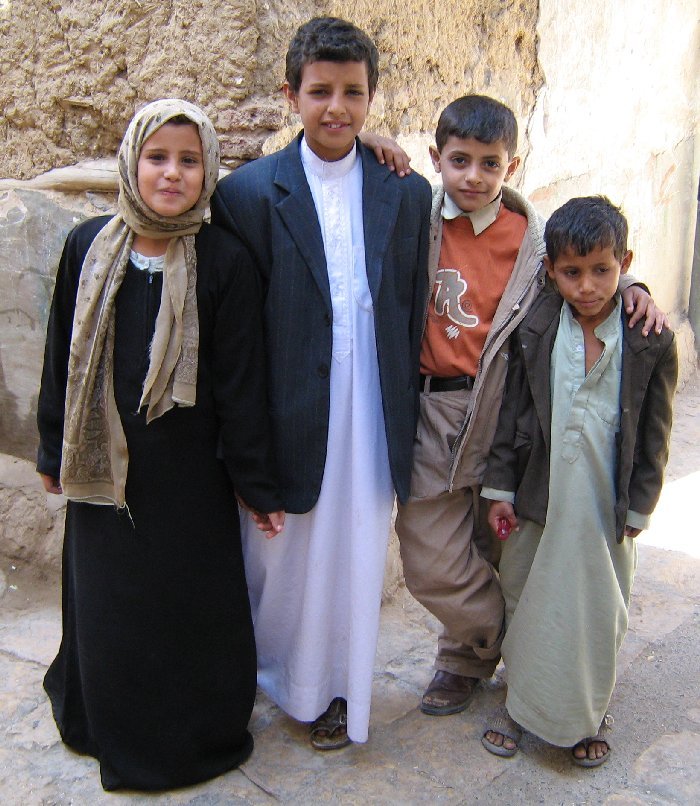
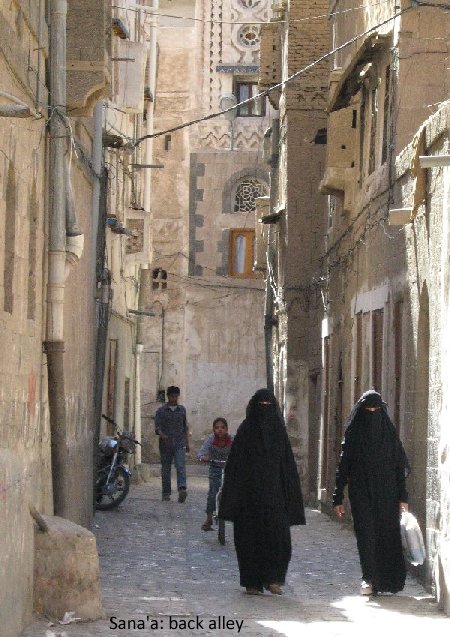
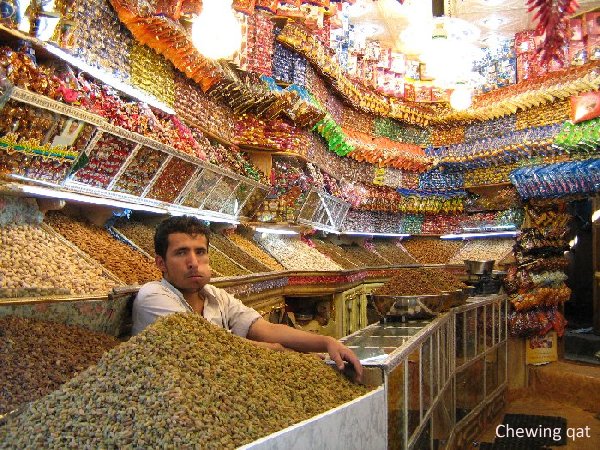
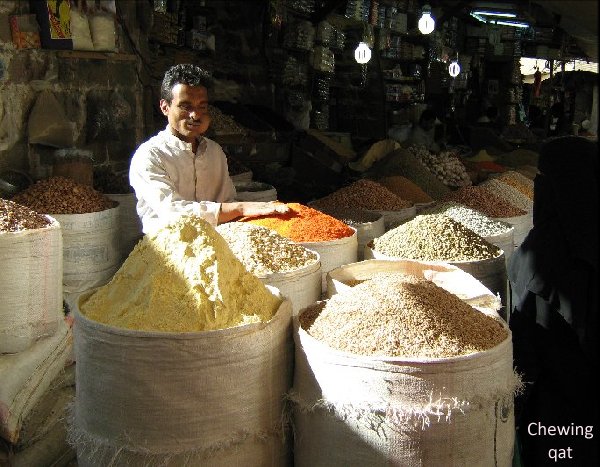
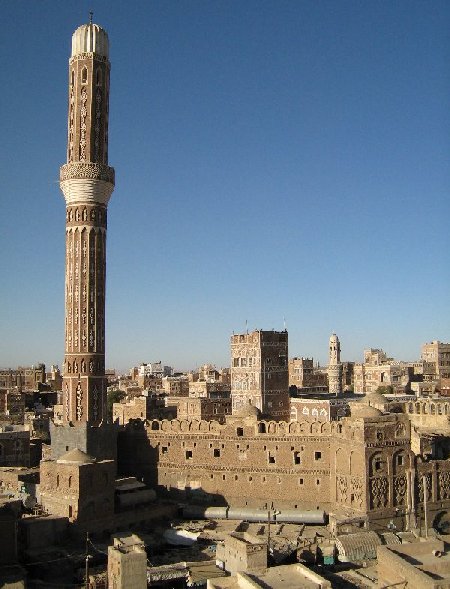
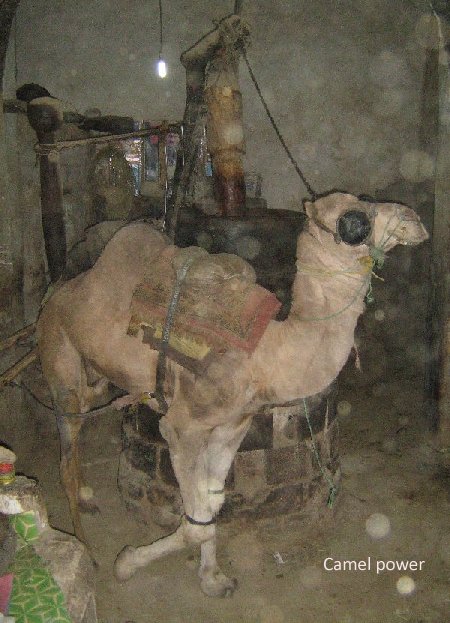
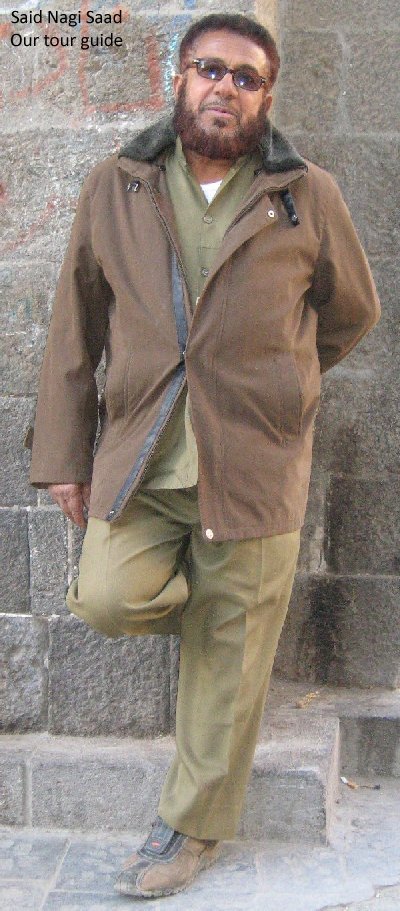
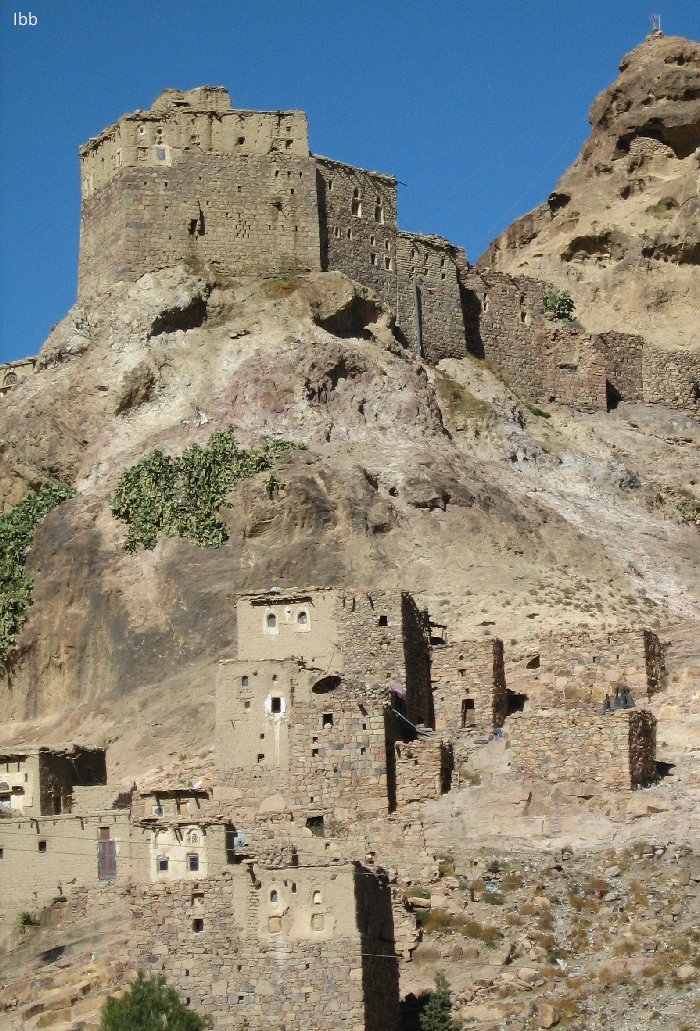
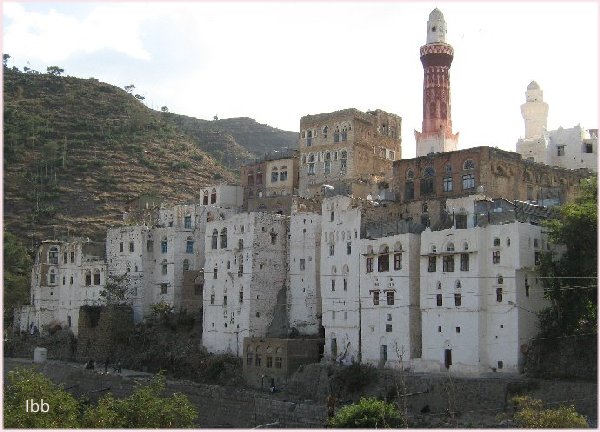
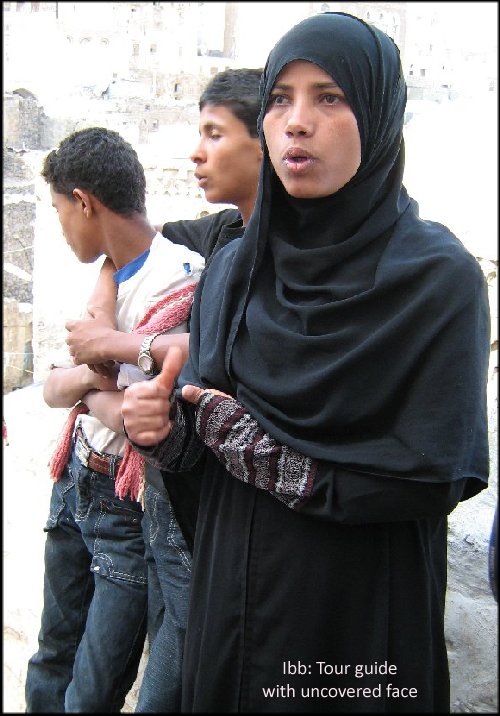
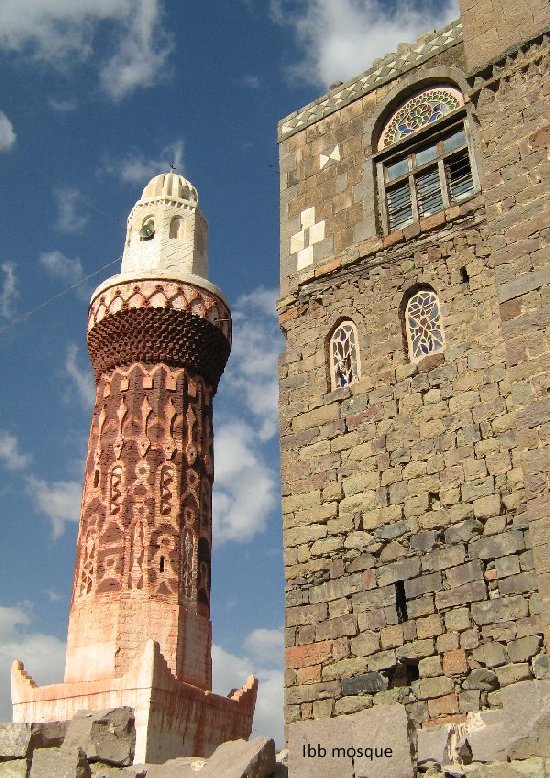
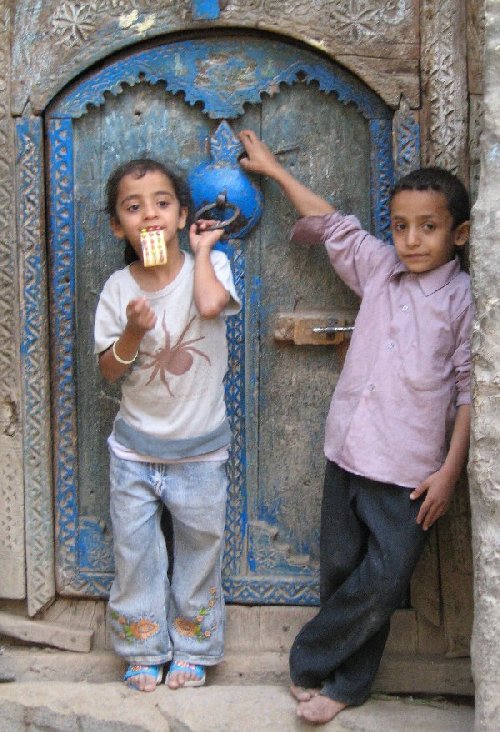
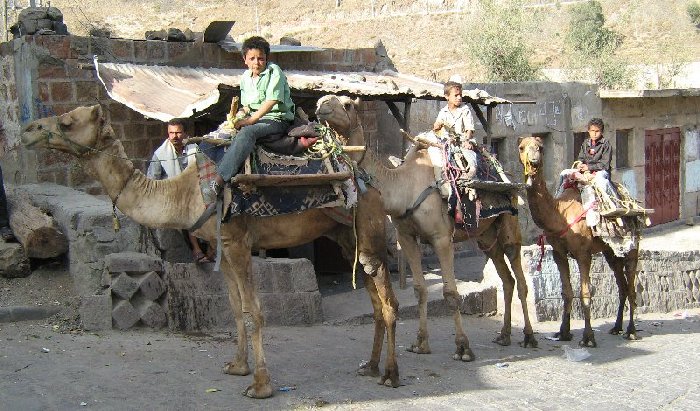
Friday 15 Febuary 2008: Taiz, Zabid, Wadi Zabid, Al Faza, HREF="https://en.wikipedia.org/wiki/Al_Hudaydah">Hodeidah
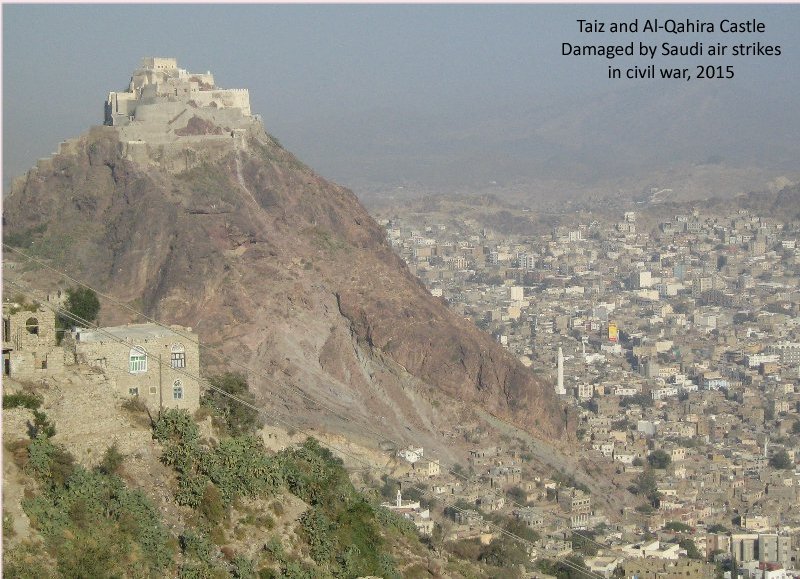
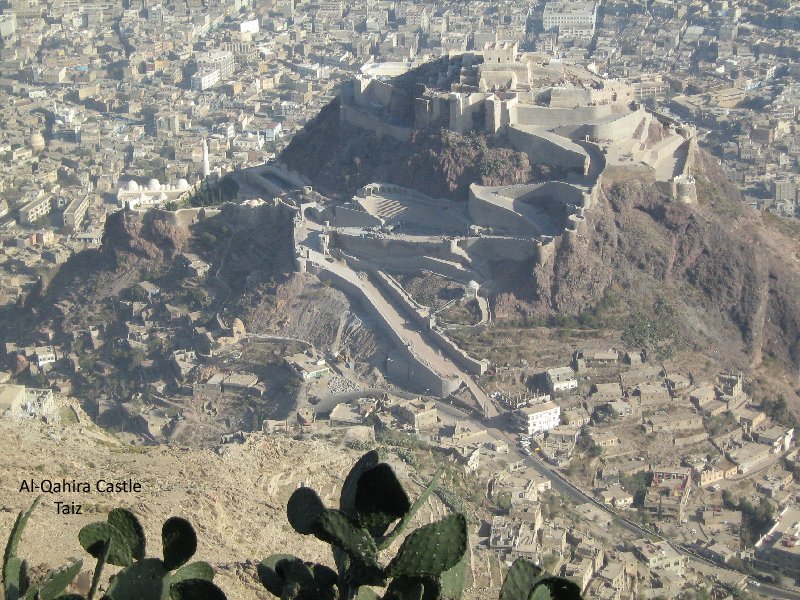
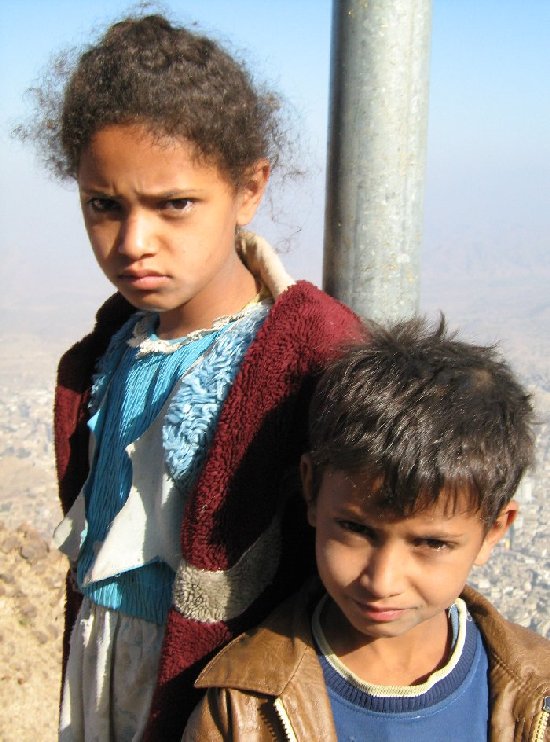
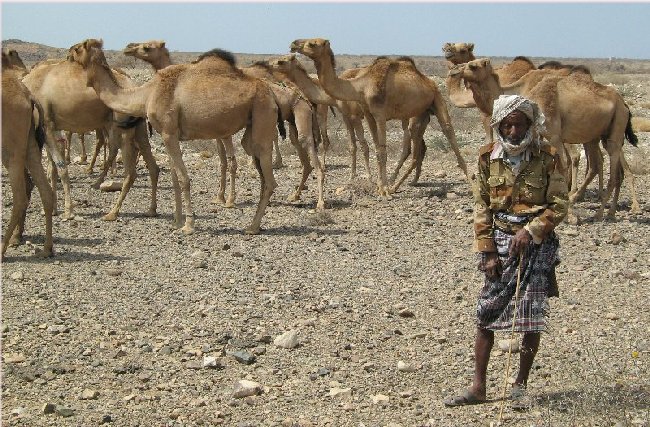
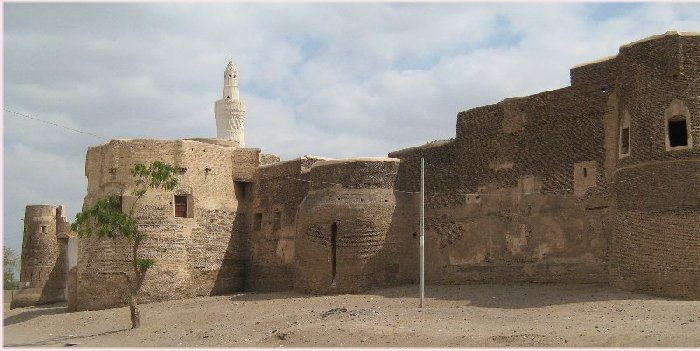
Saturday 16 Febuary 2008: Hodeidah, Khamis Bani Sa'd, Wadi Surdod, Al Mahweet
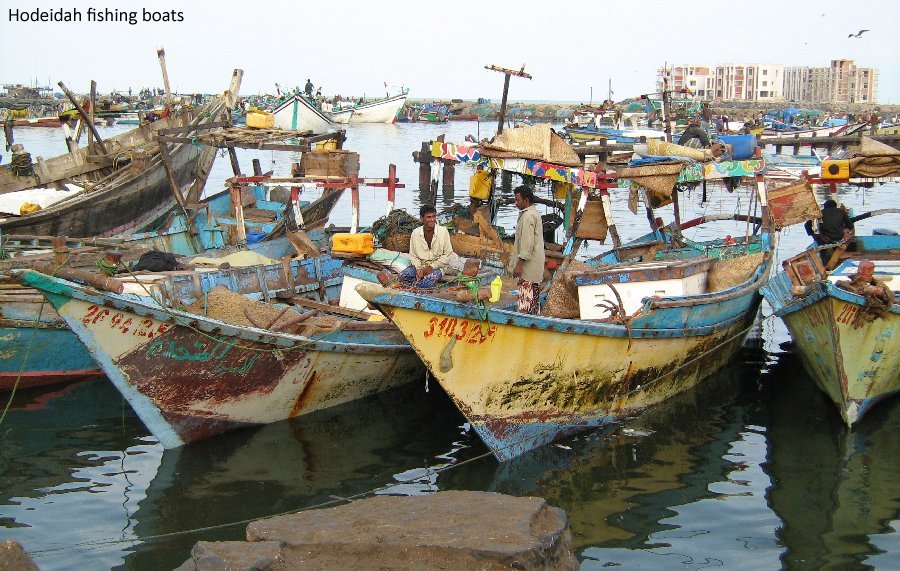
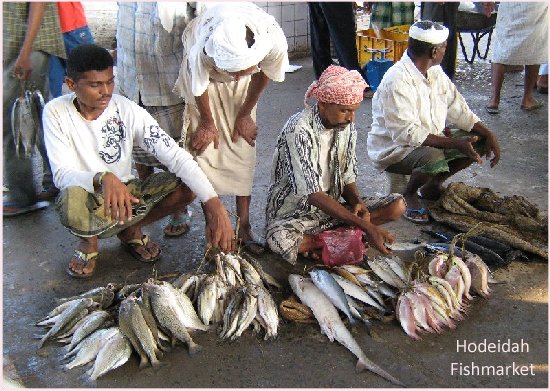
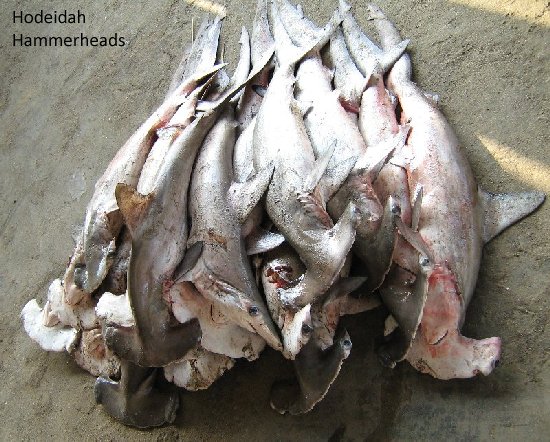
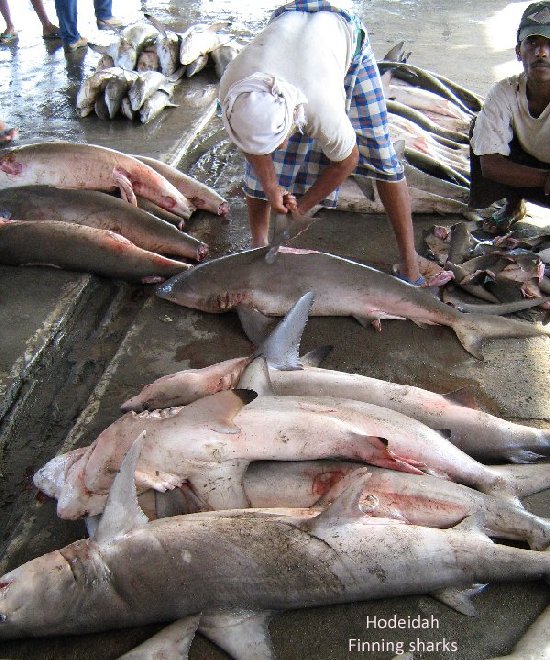

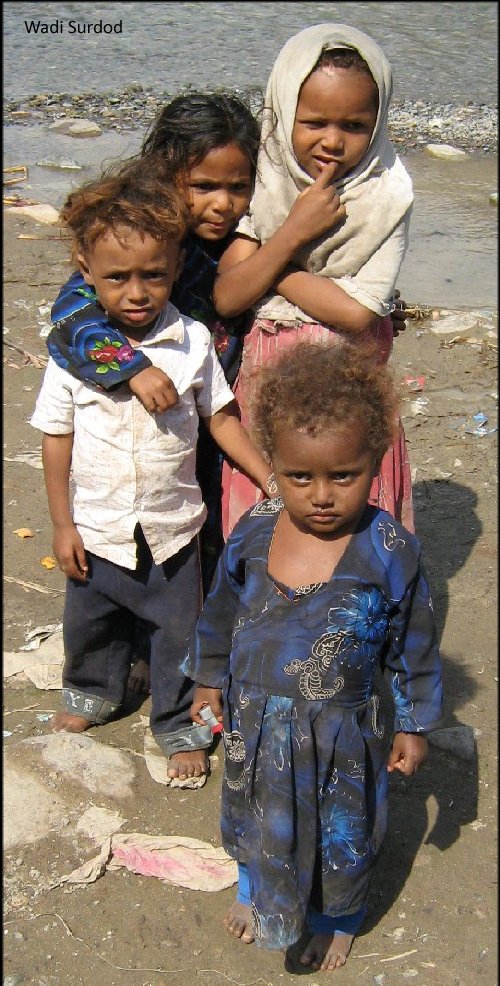
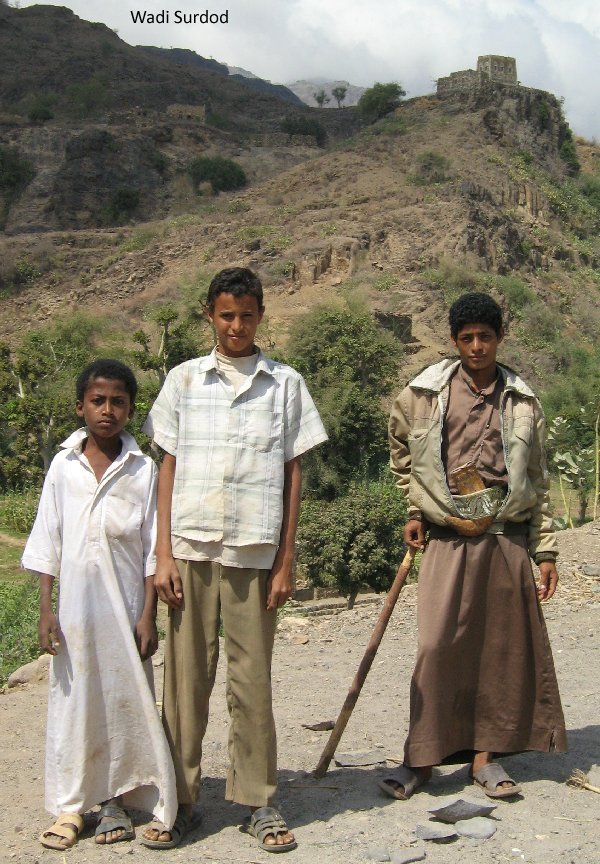


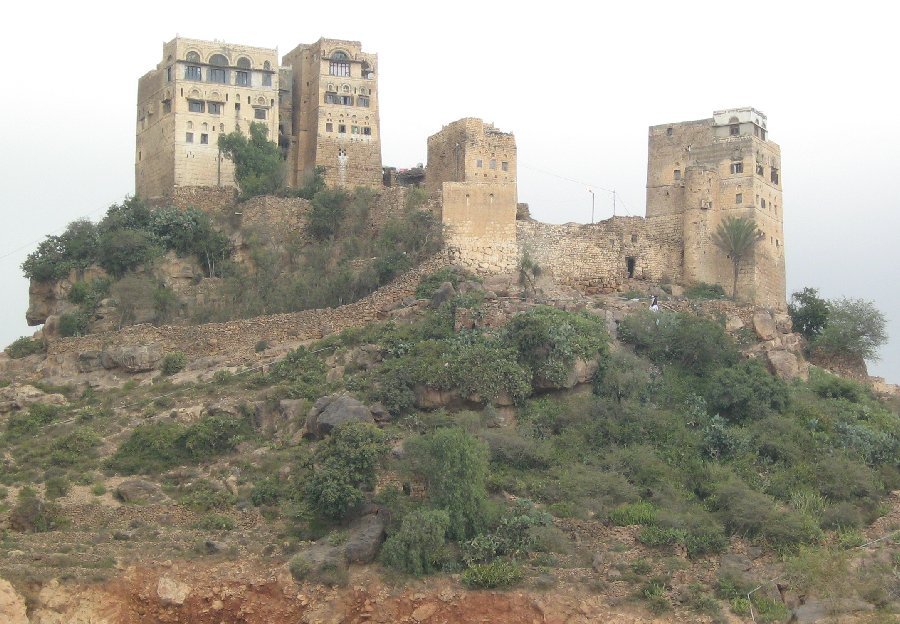
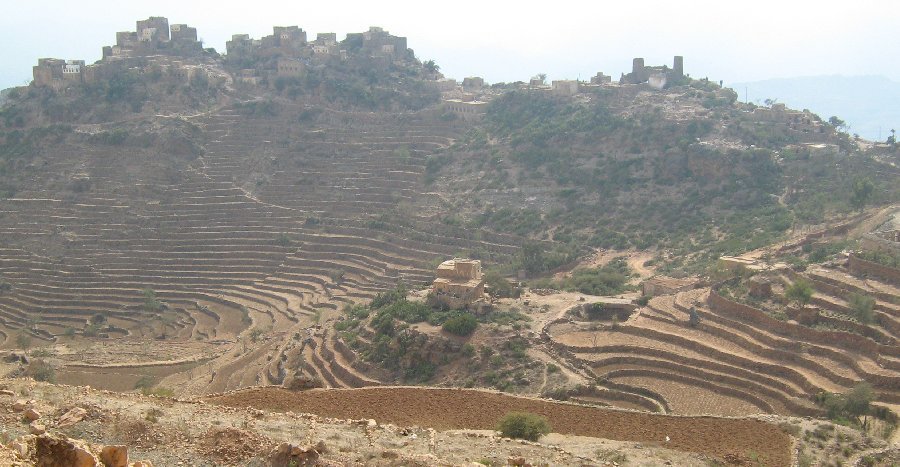
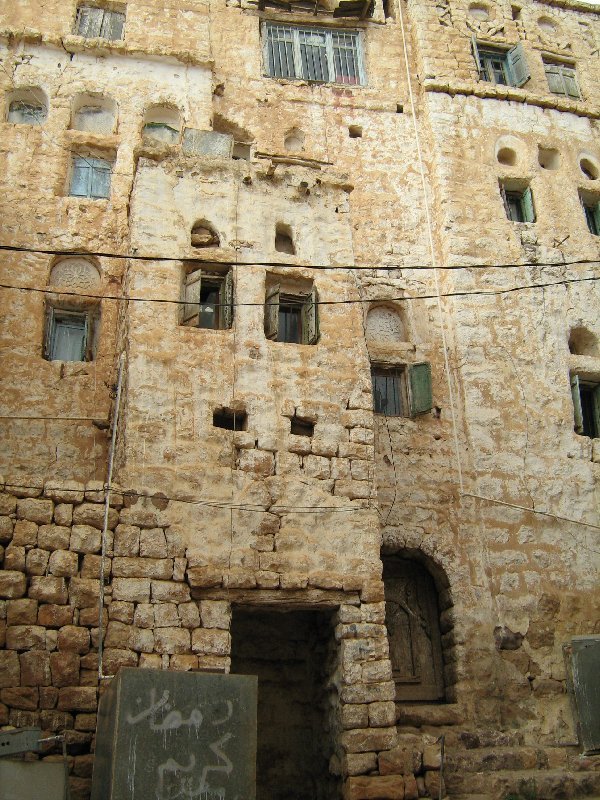
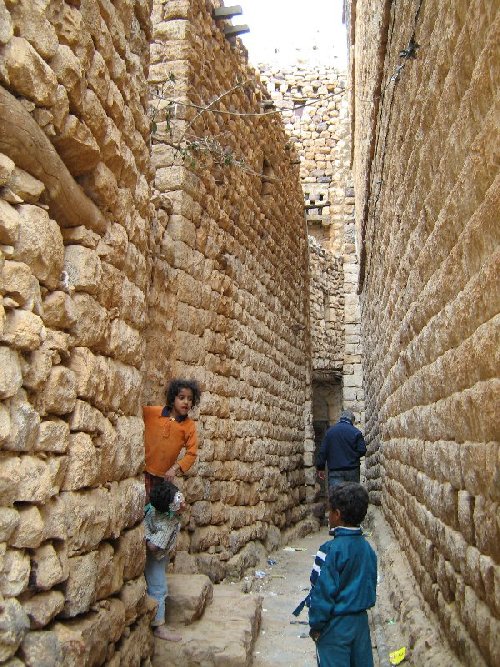
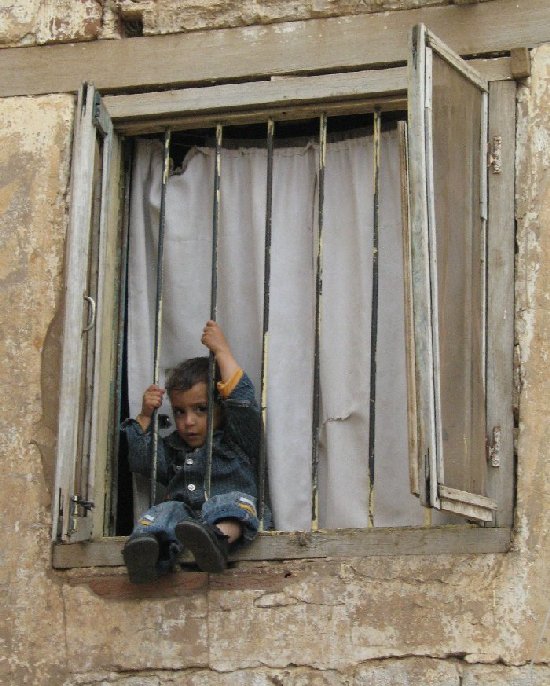
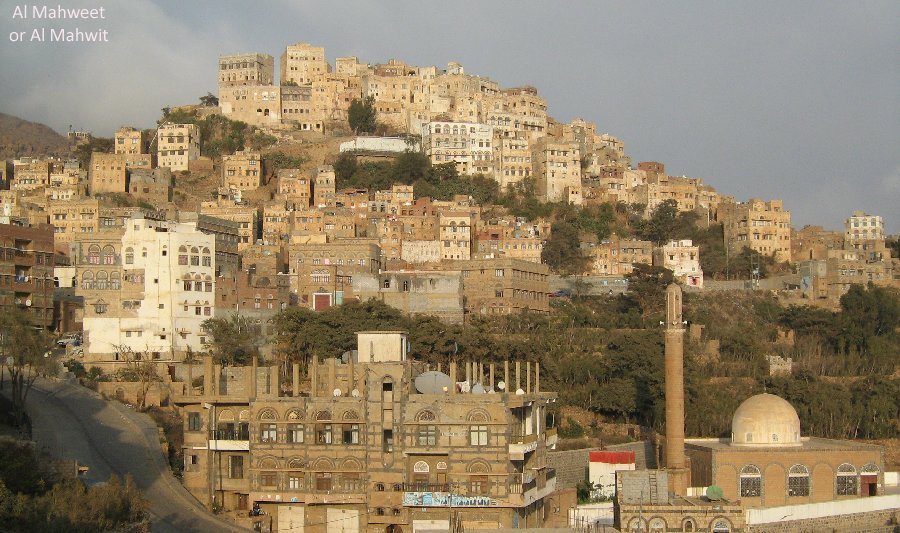
Sunday 17 Febuary 2008: Al Mahweet, Al Tawila, Bukur, Zakati, Shibam Kawkaban, Hababa, Thula, Wadi Dahar, Sana'a
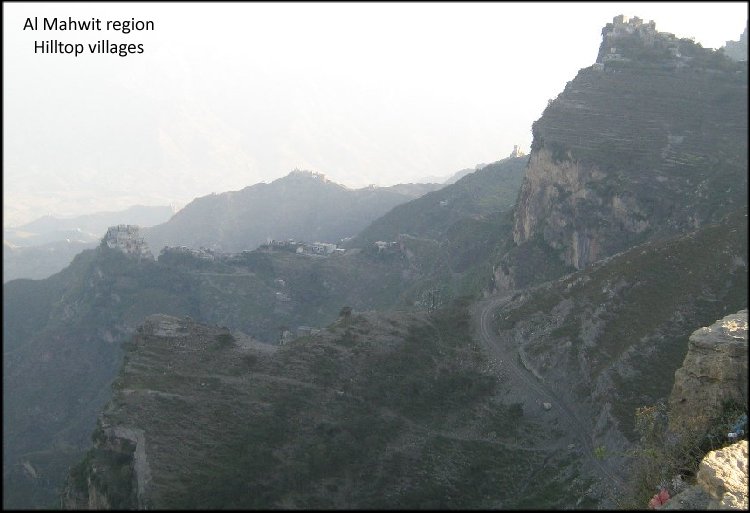
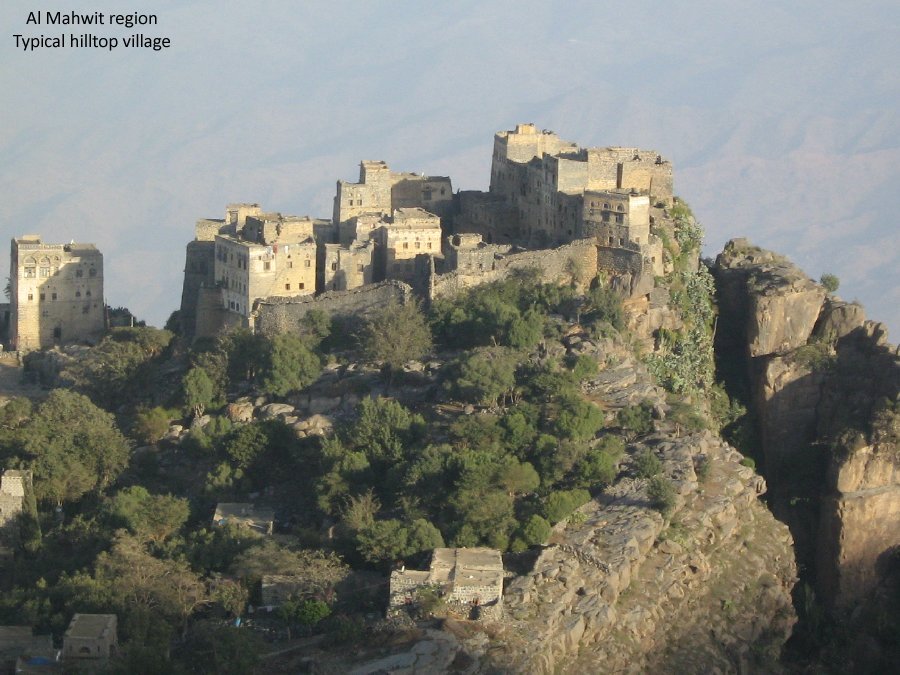
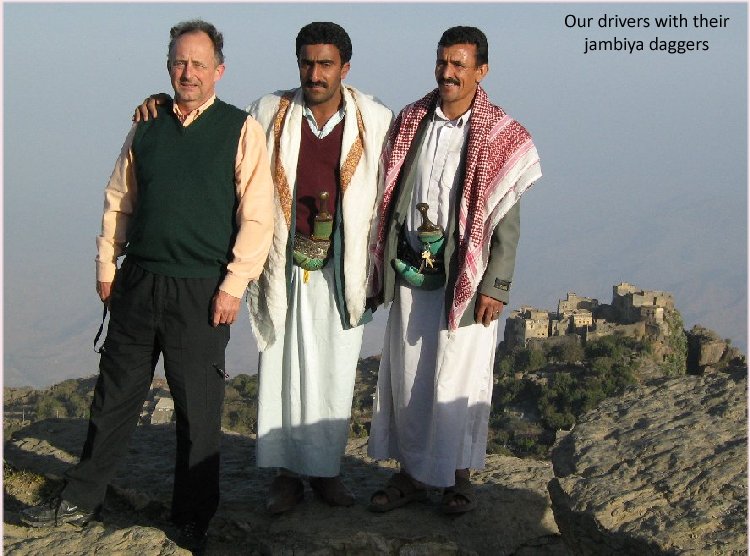
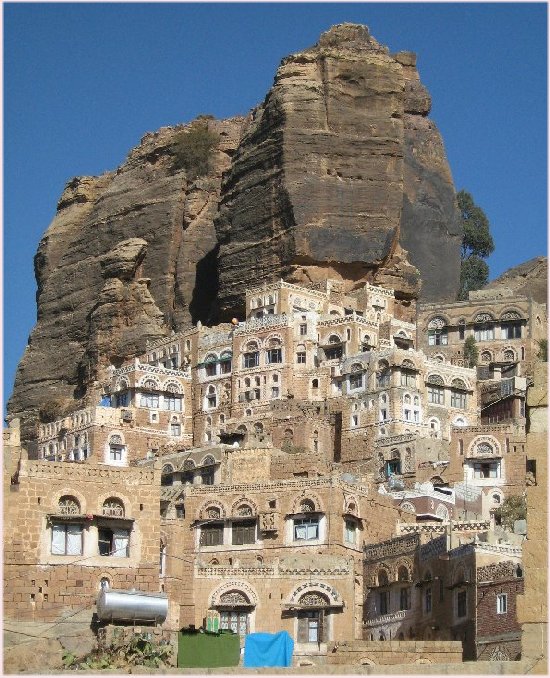
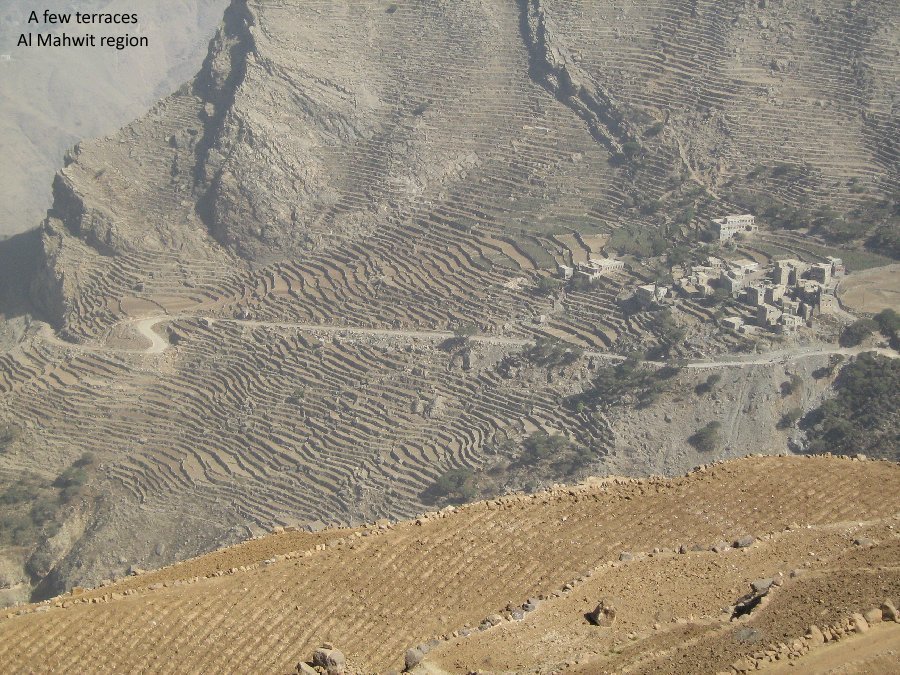
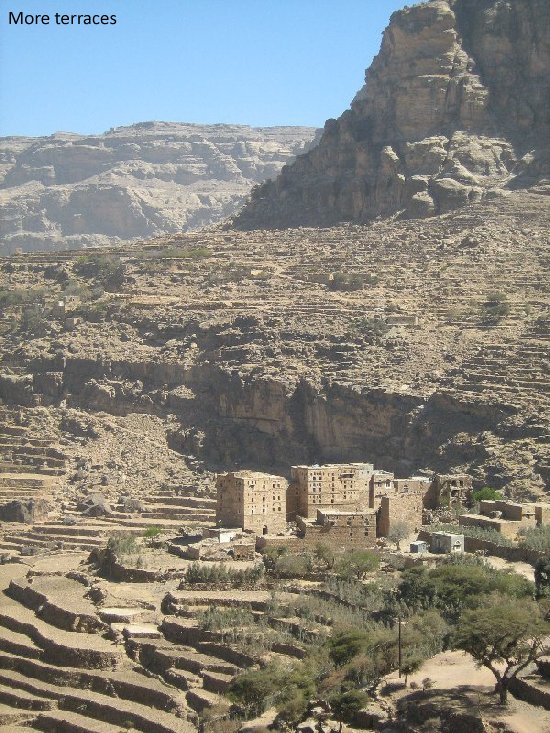
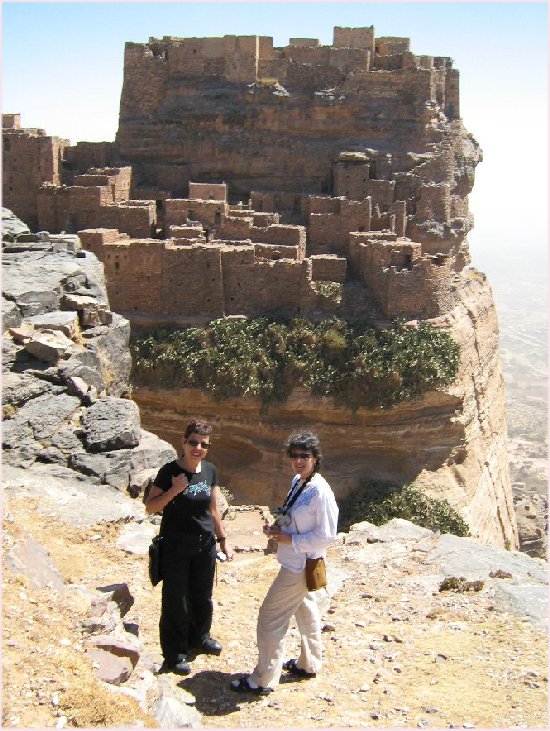
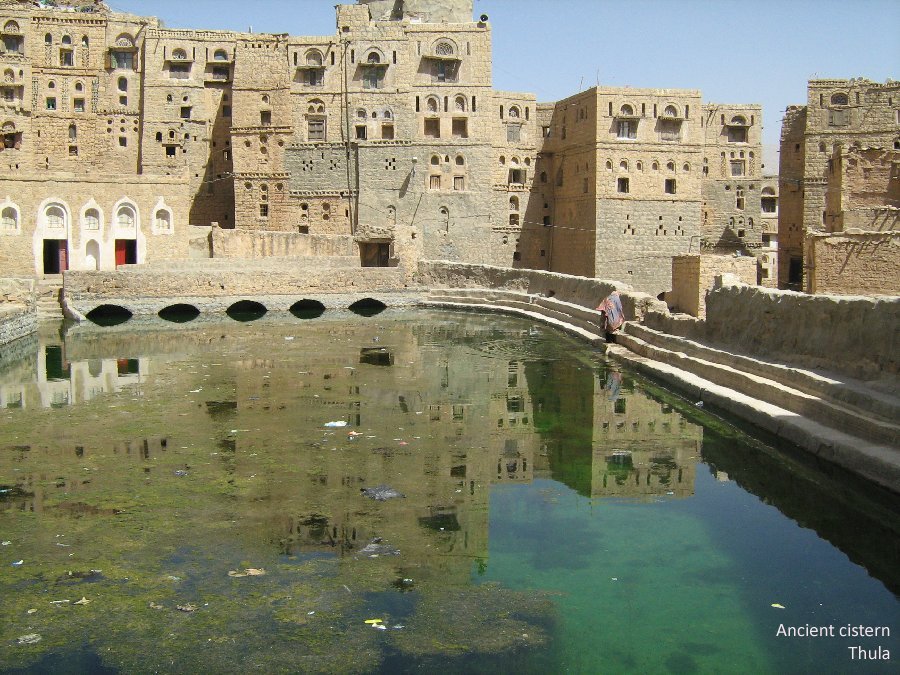
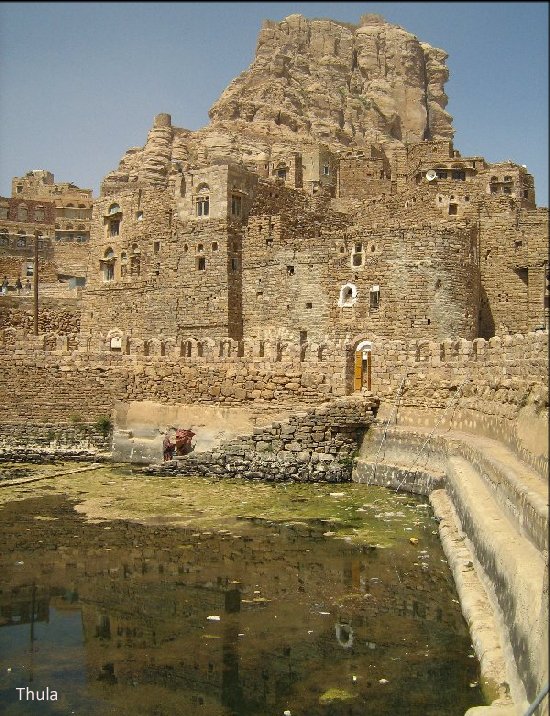
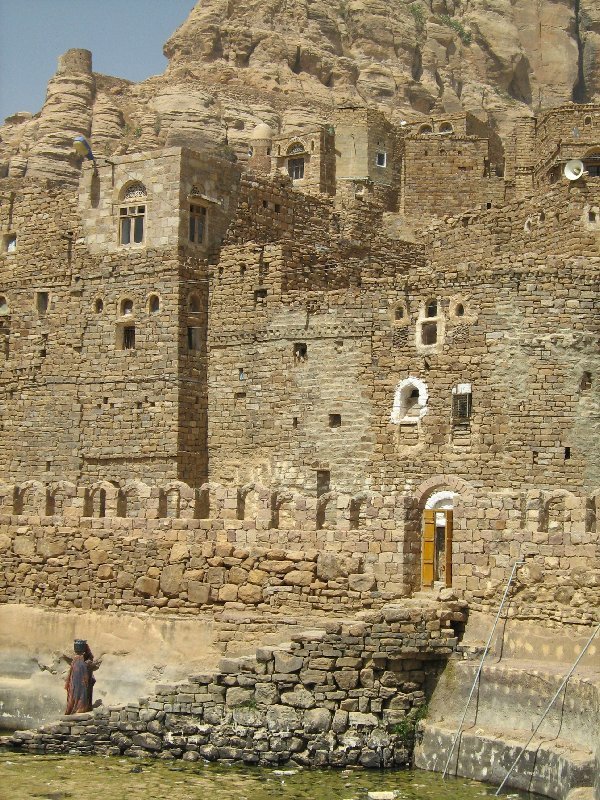
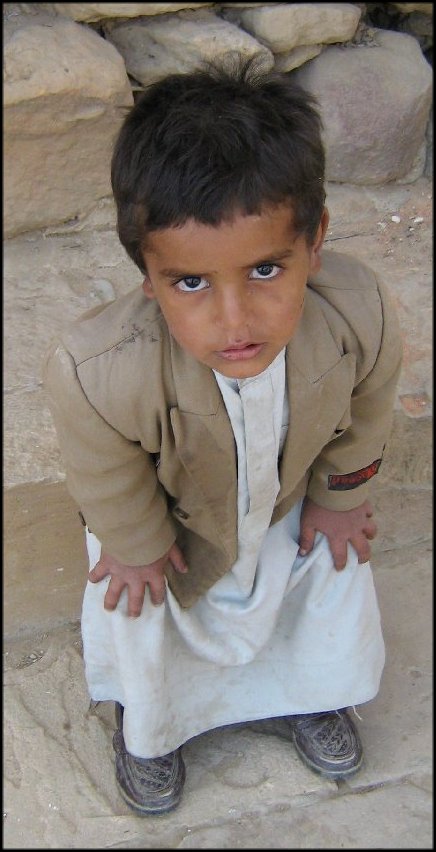
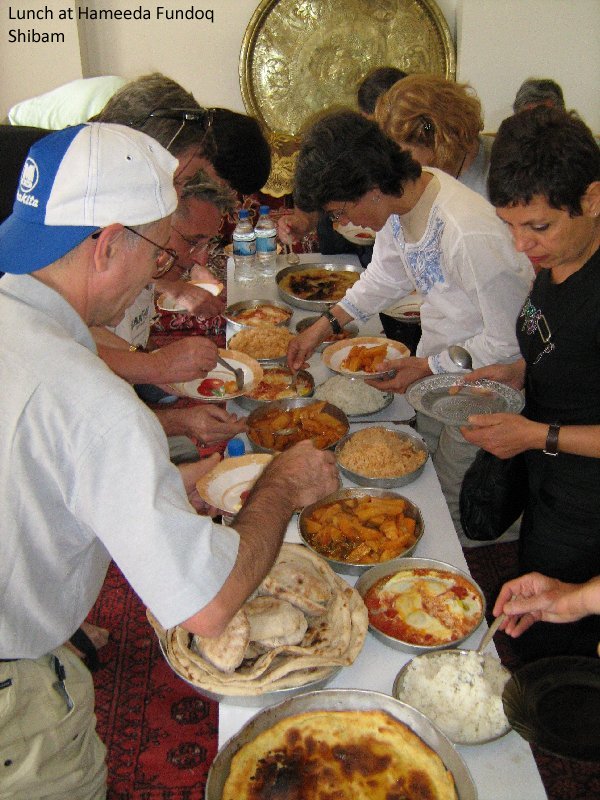
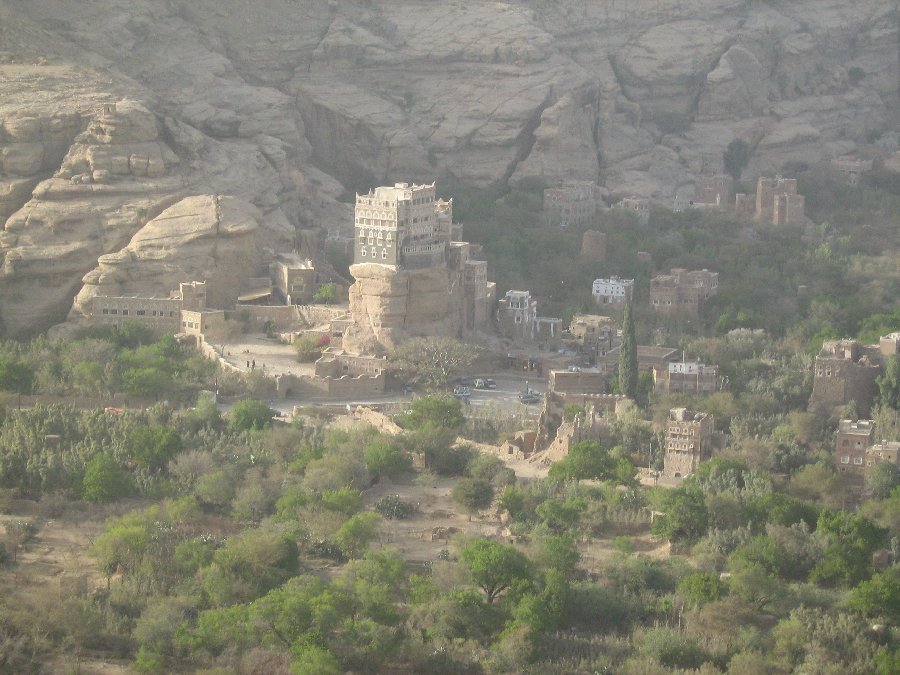
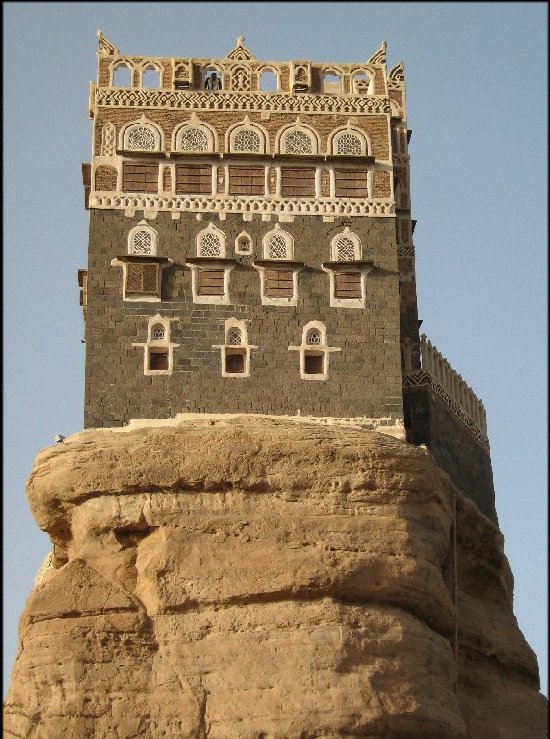
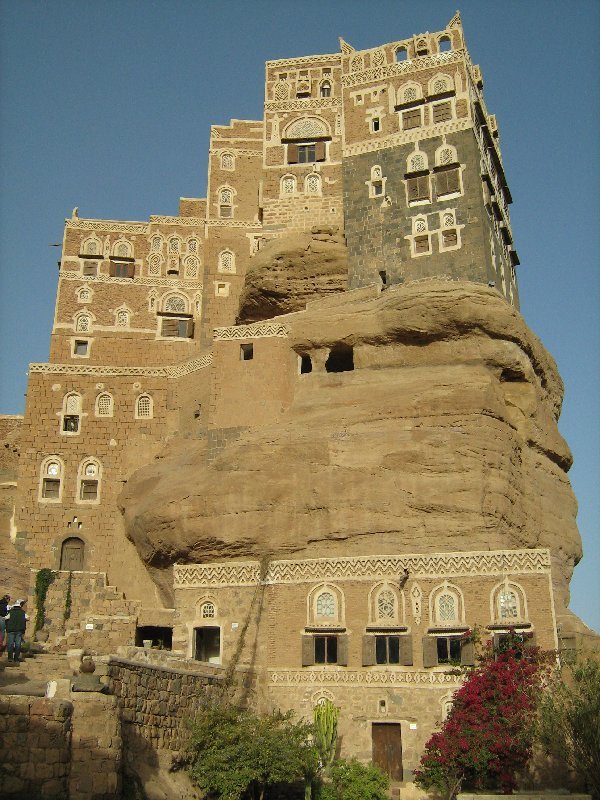

Monday 18 Febuary 2008: Seiyun, Tarim

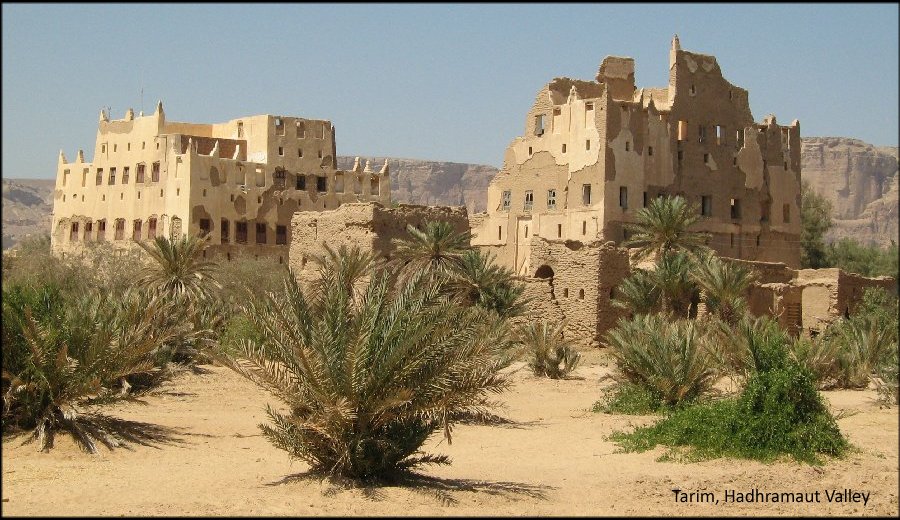
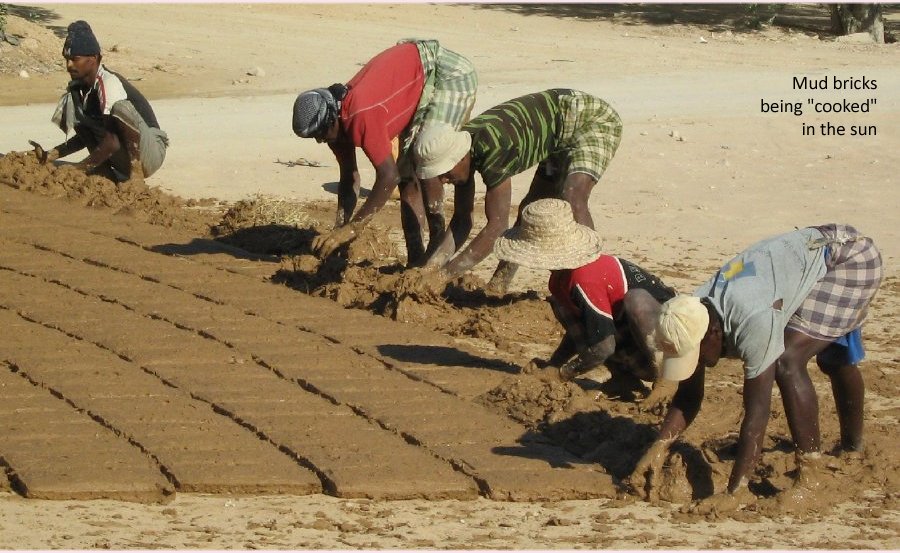
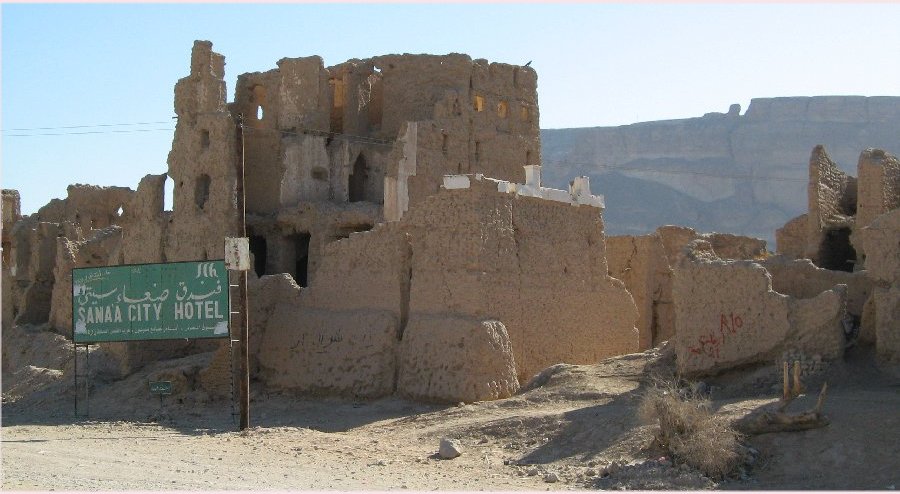
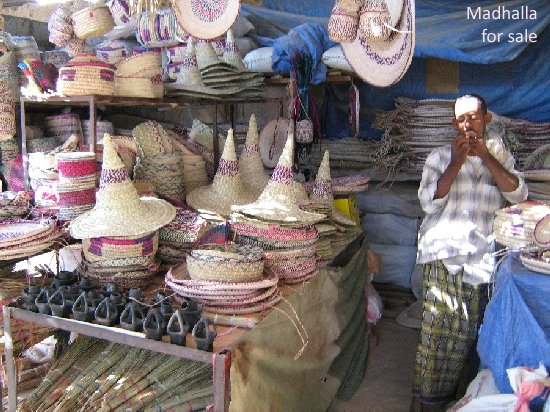
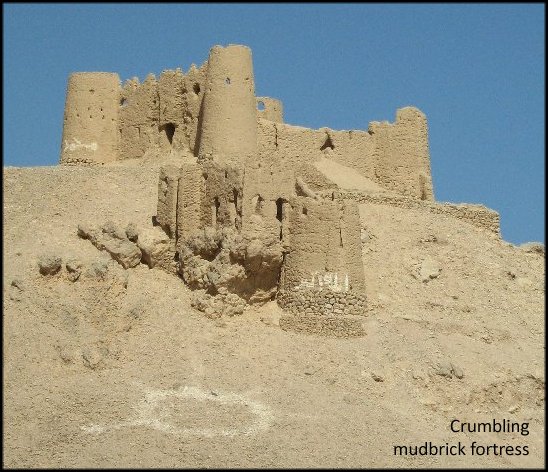
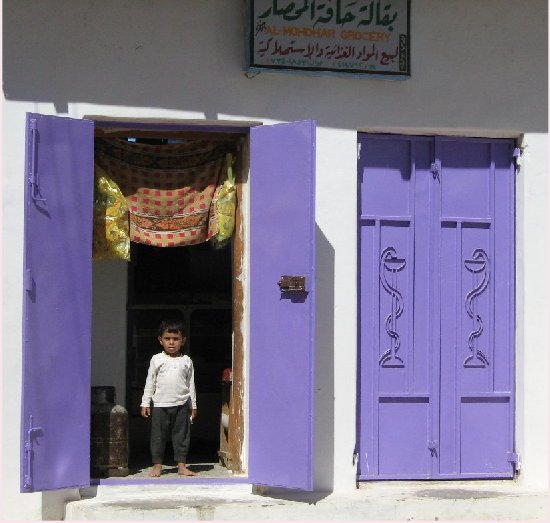
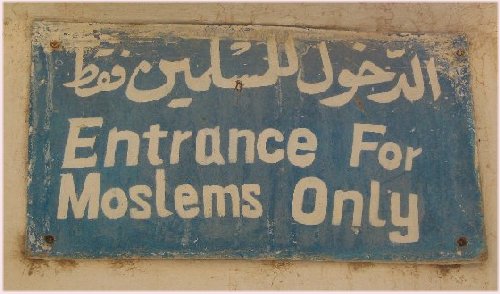
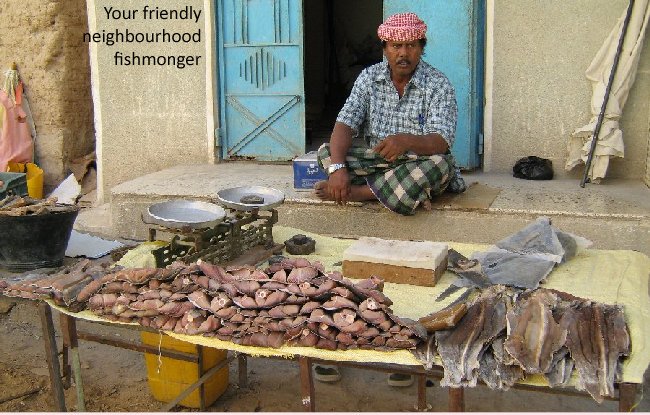
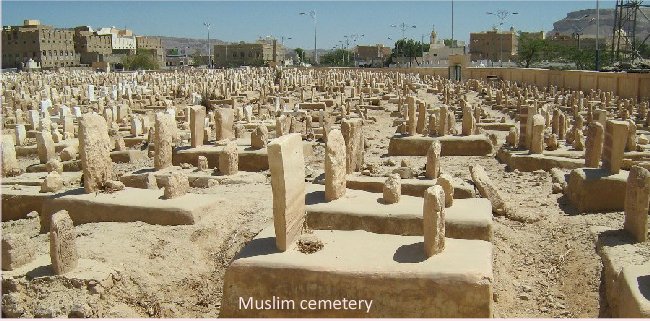
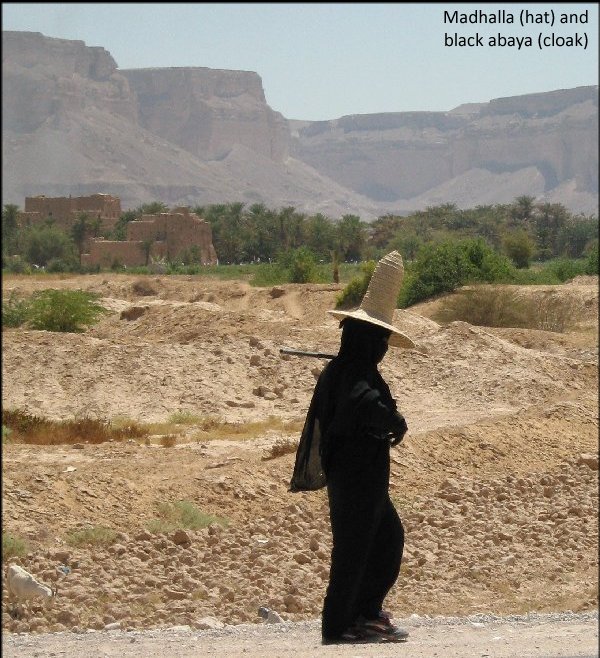
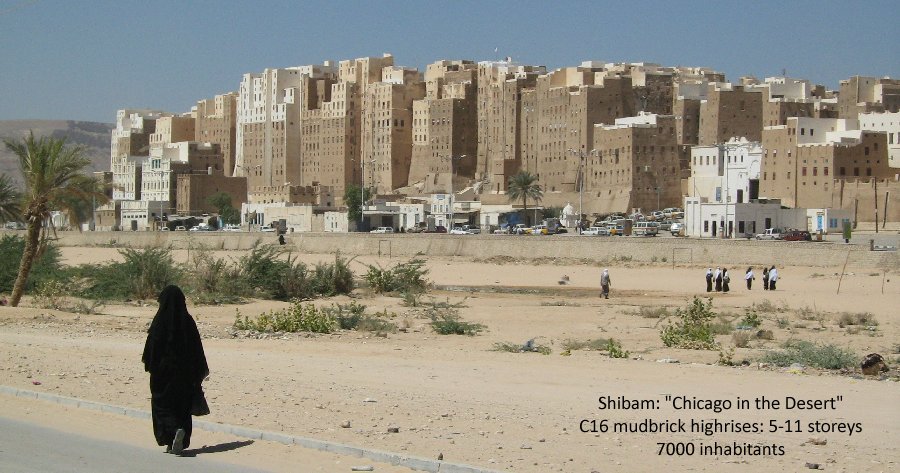
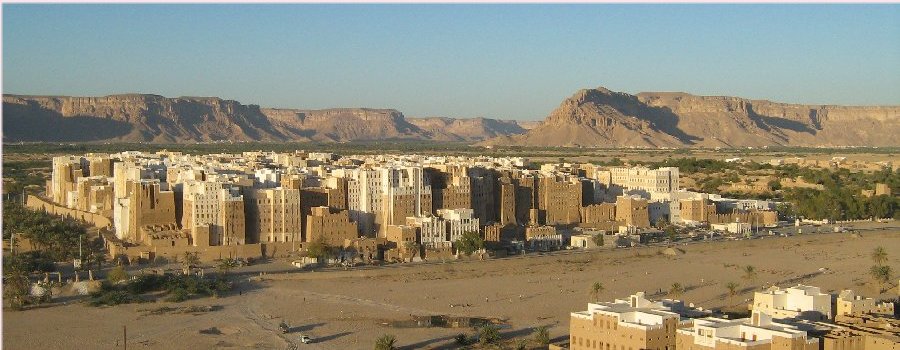
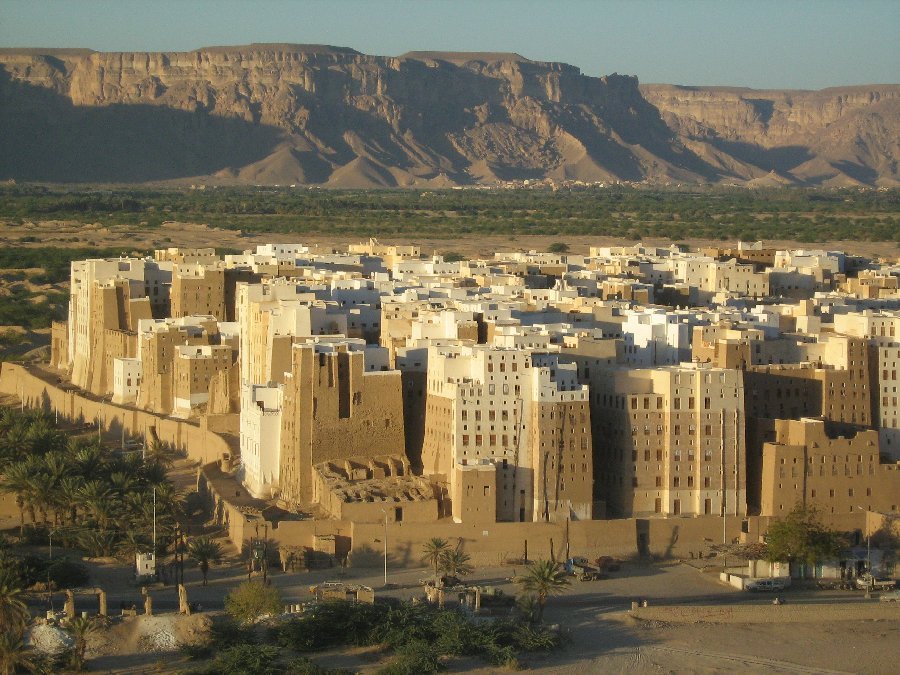
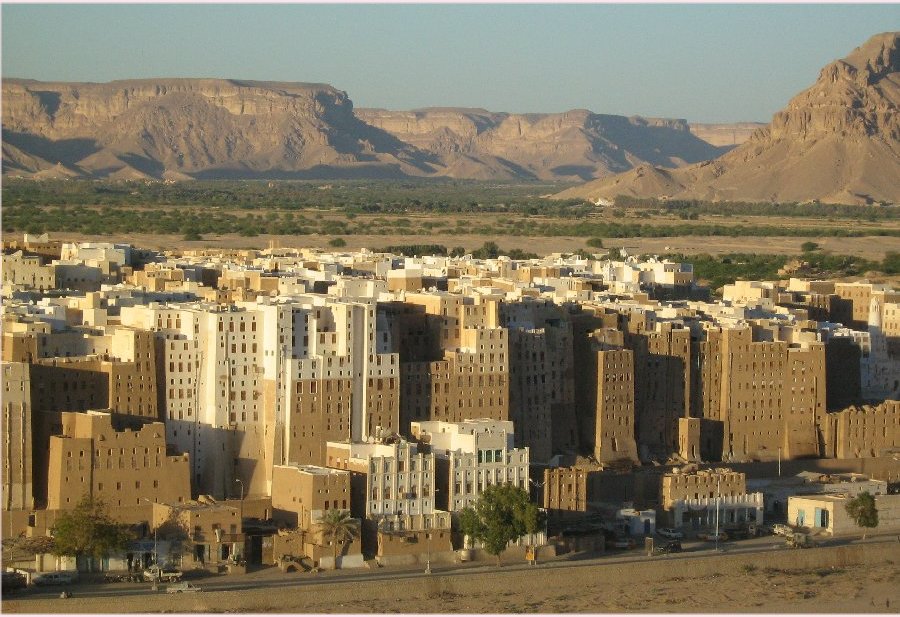
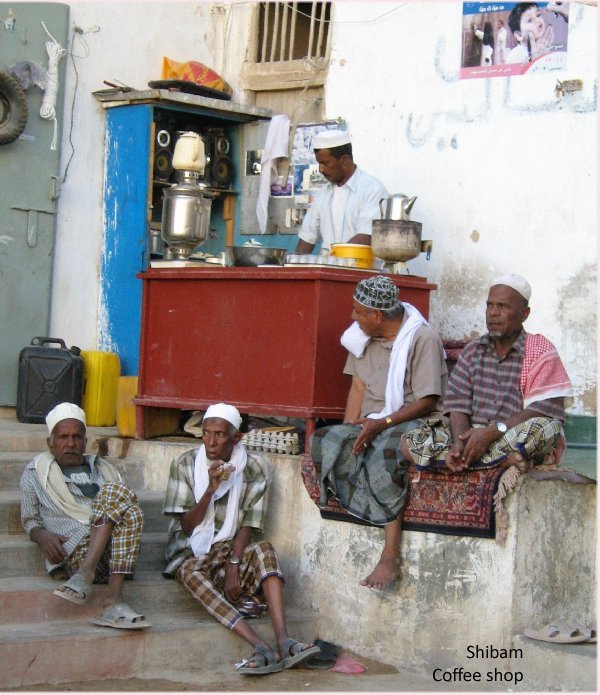
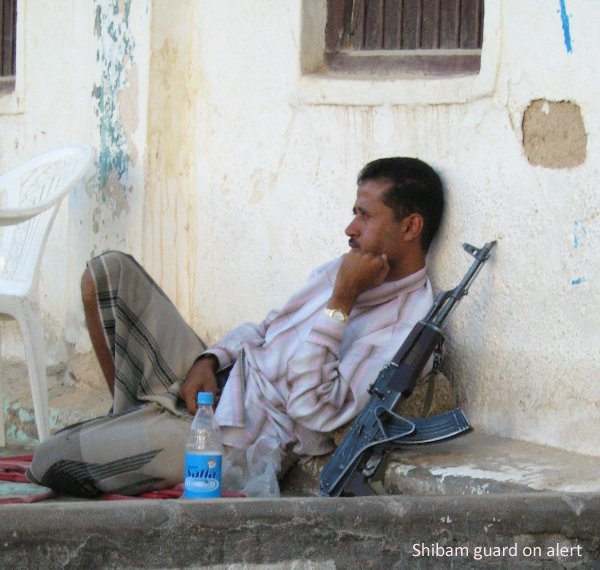
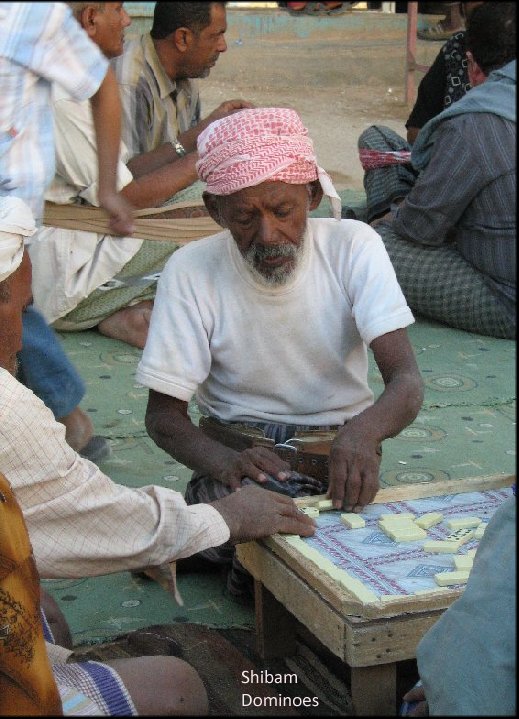

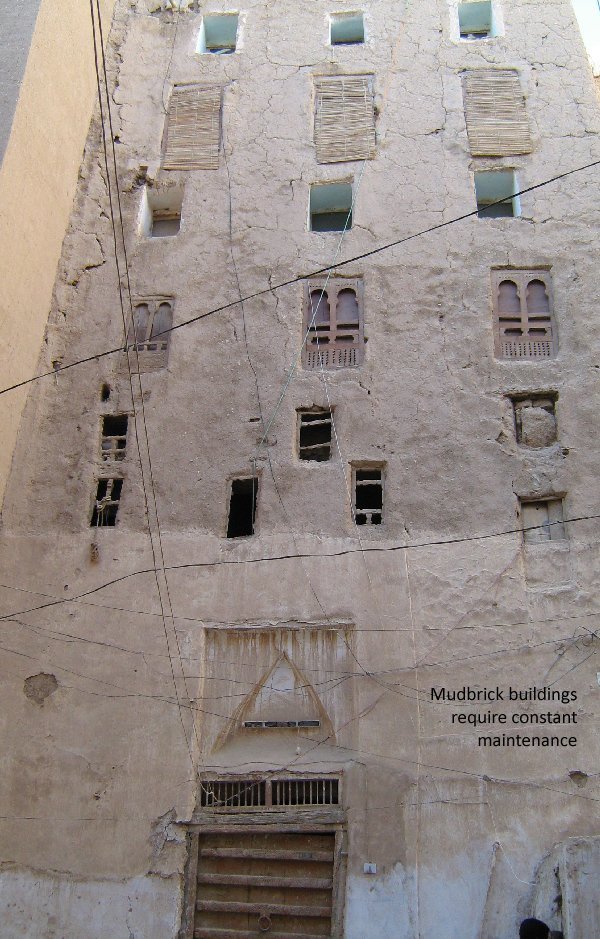
Wednesday 20 Febuary 2008: Awadi Ain, Al Mukalla

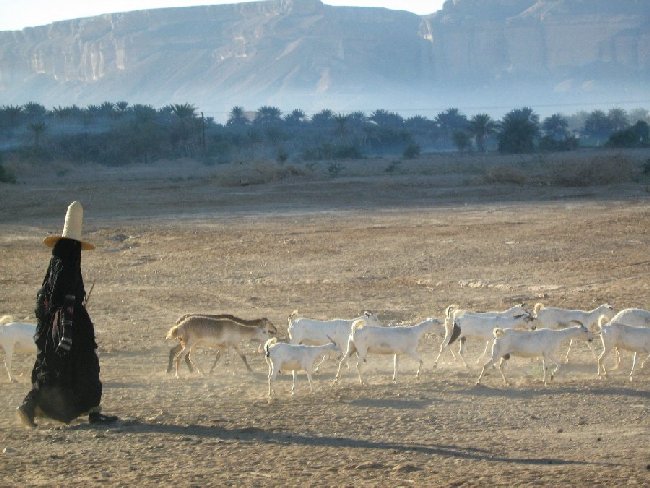
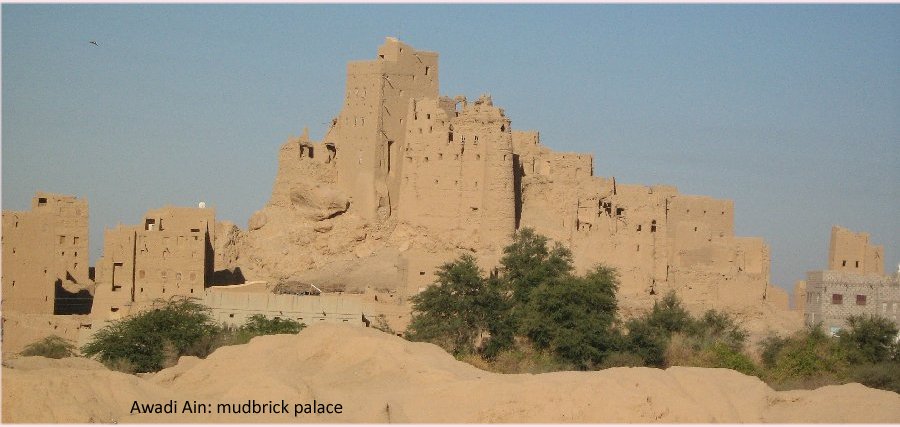
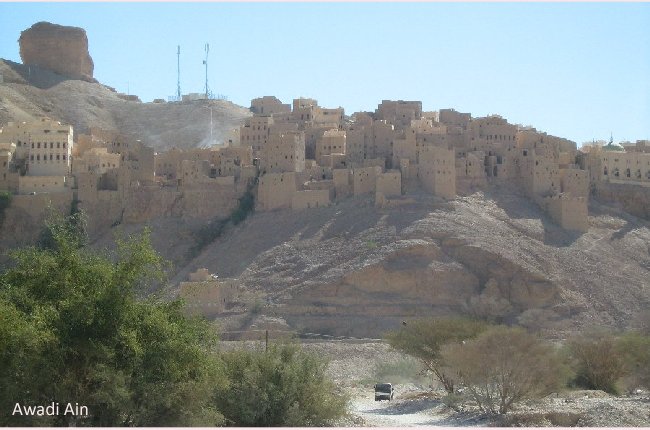

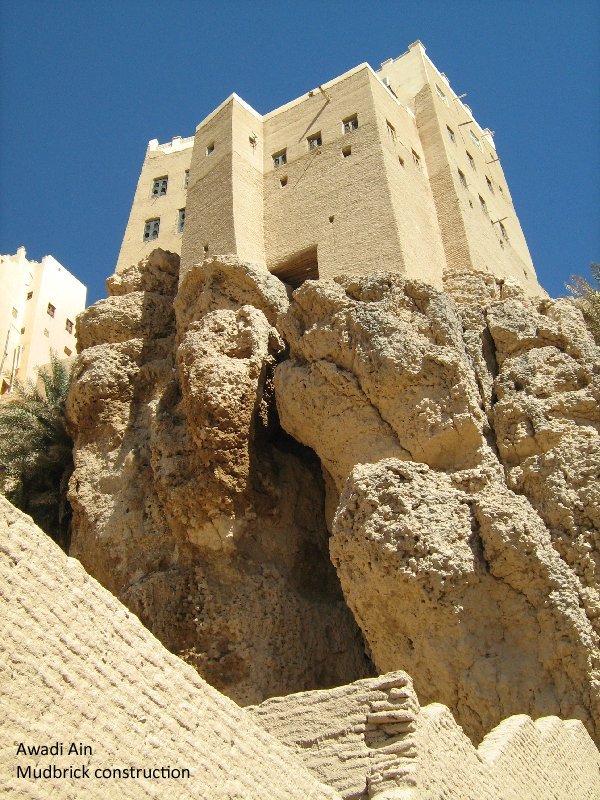
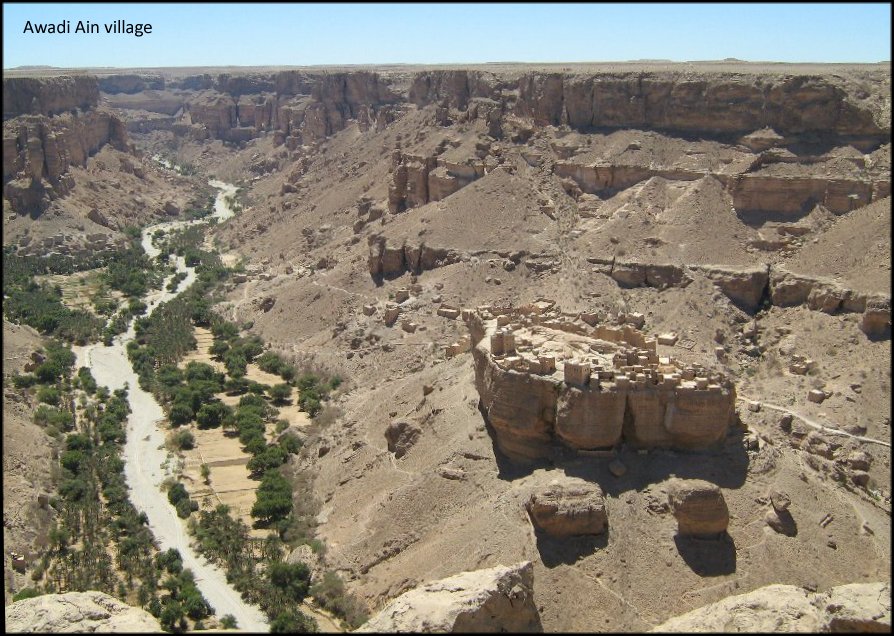
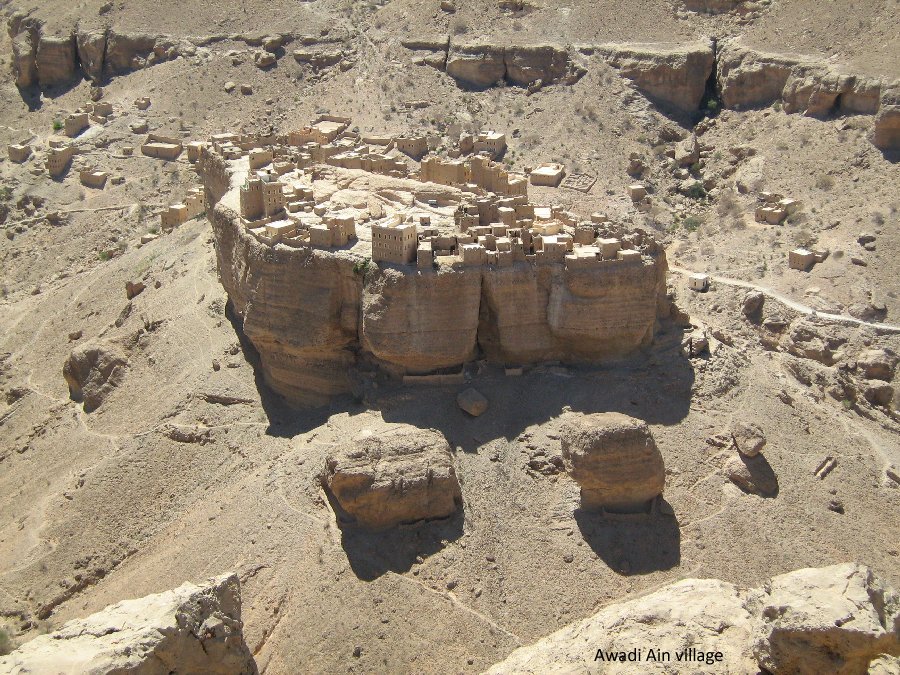
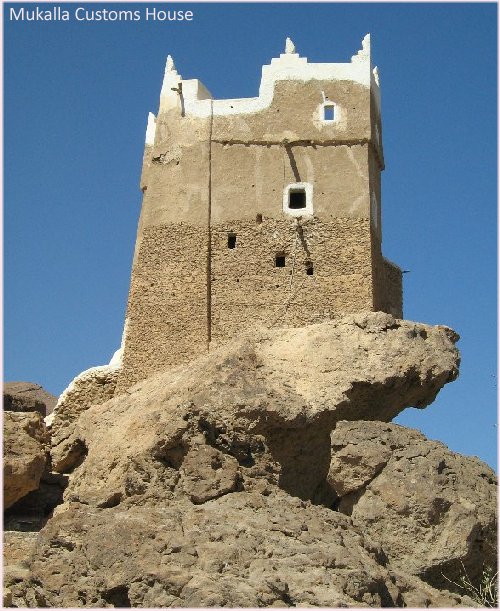
Thursday 21 Febuary 2008: Al Mukalla Fish Market, flight back to Sana'a
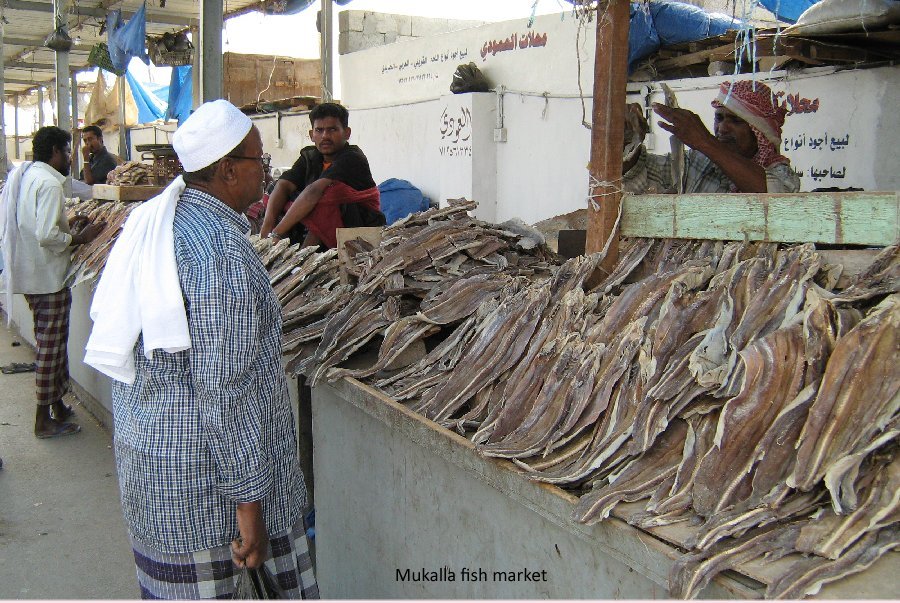
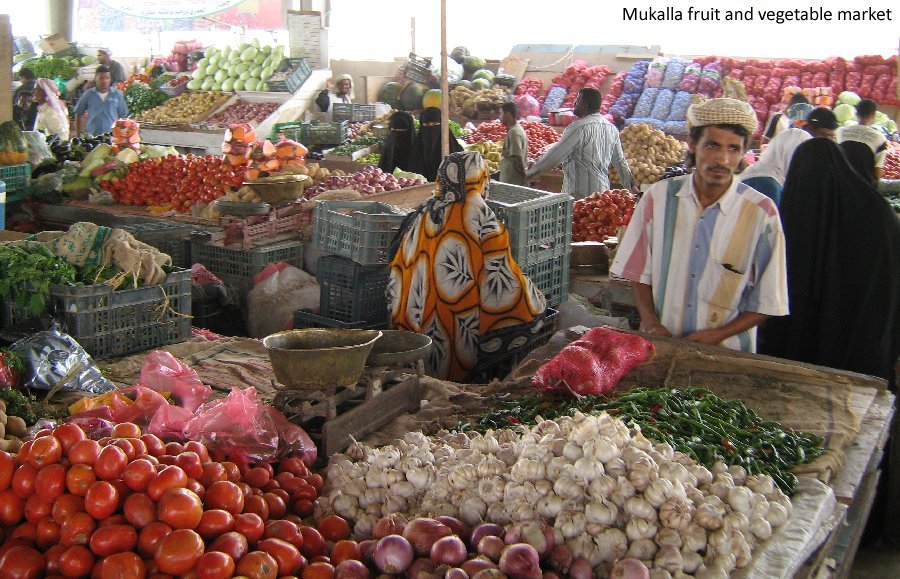

Friday 22 Febuary 2008: Amran, Kohlan
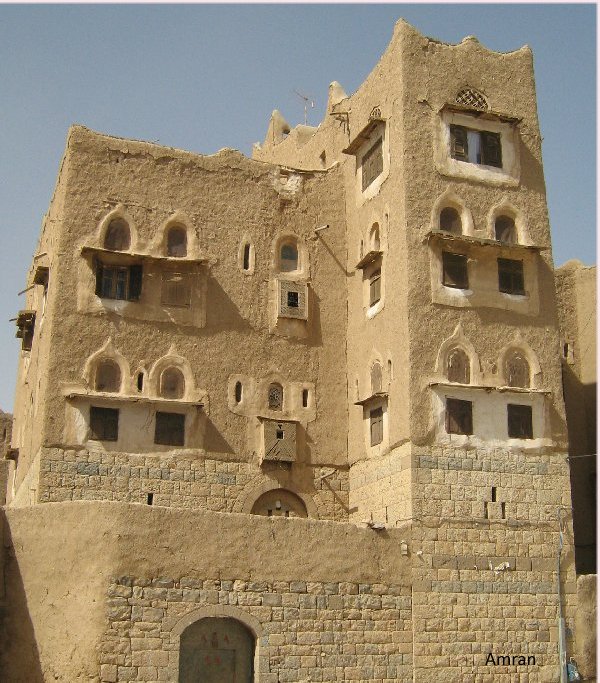
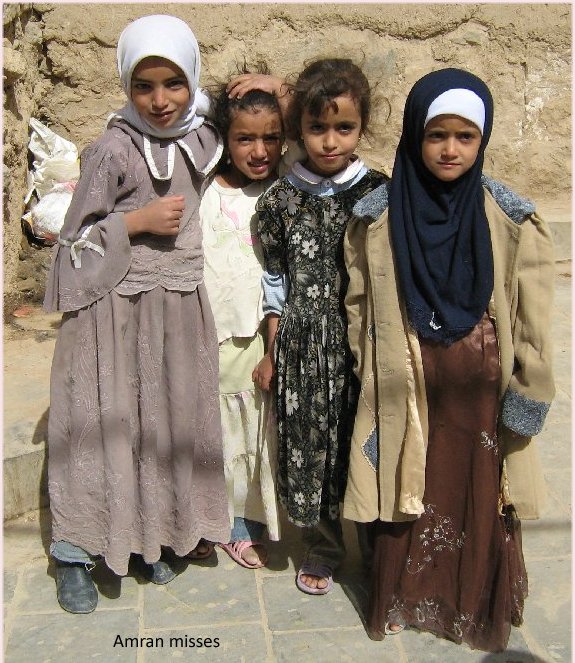
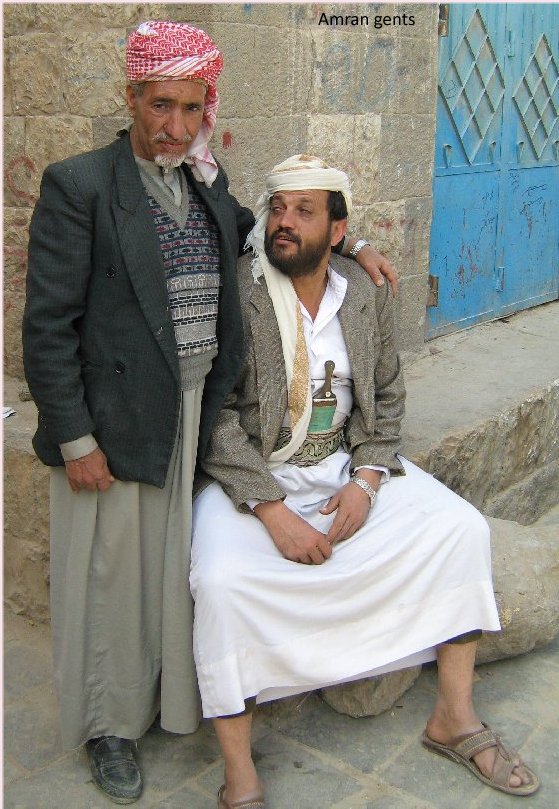
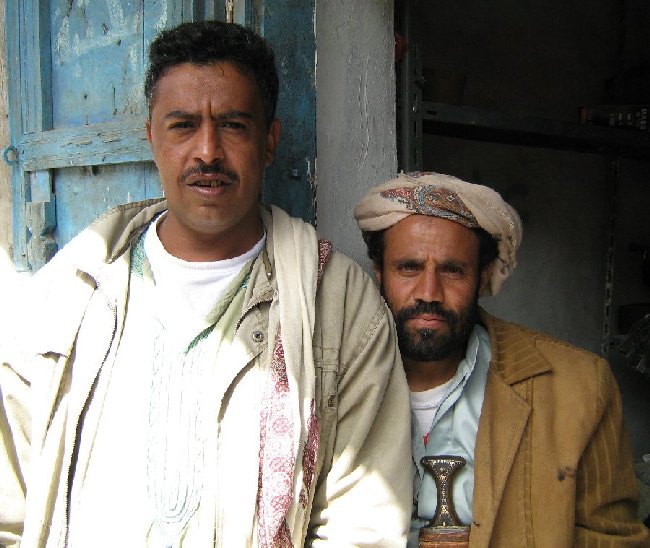
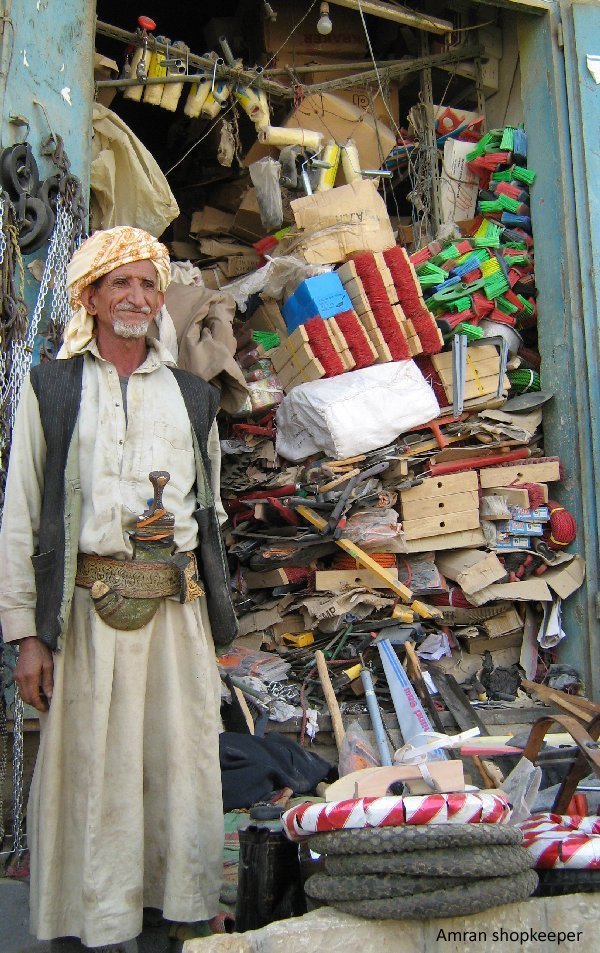
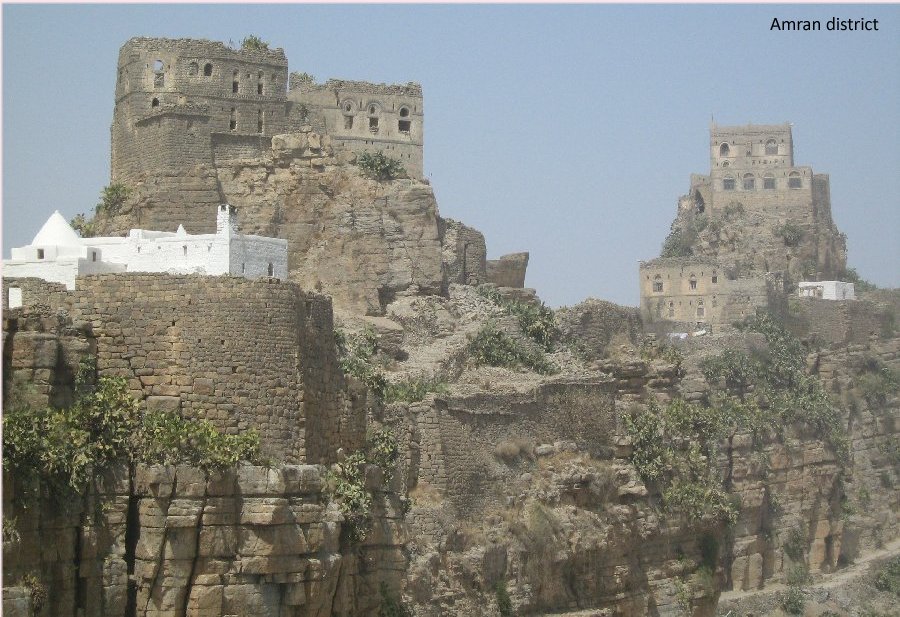
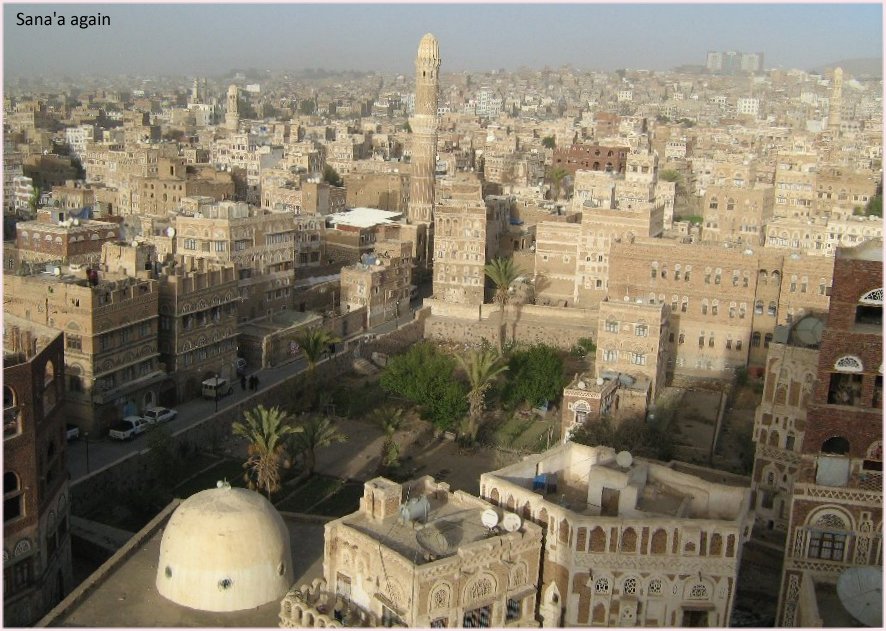
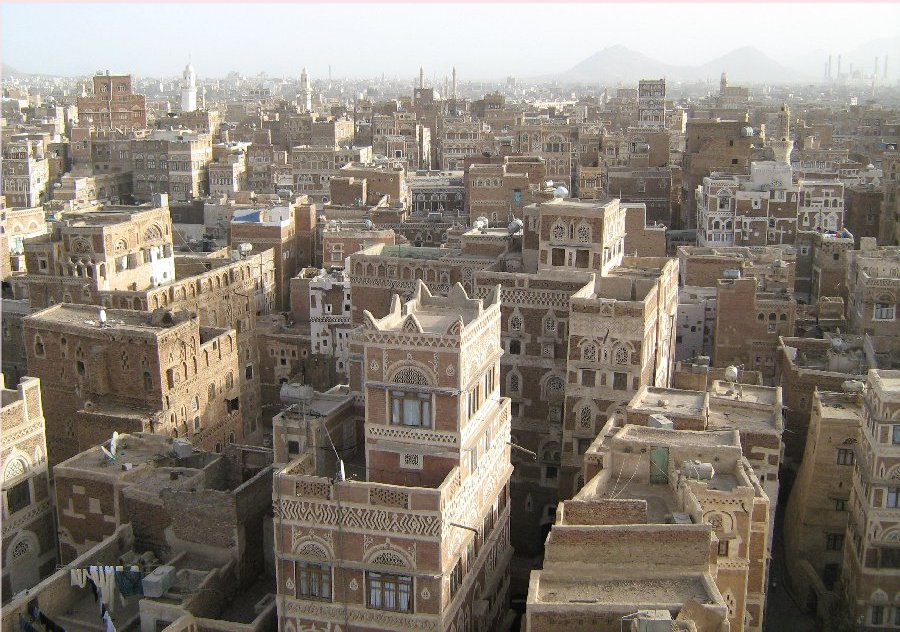
Saturday 23 Febuary 2008: Flight home
